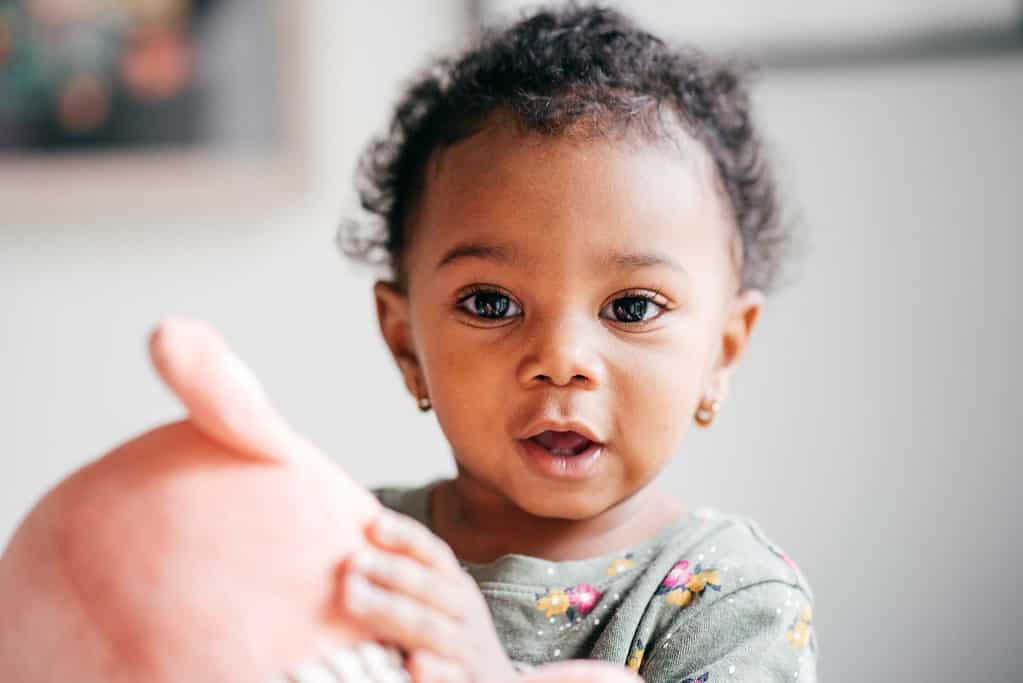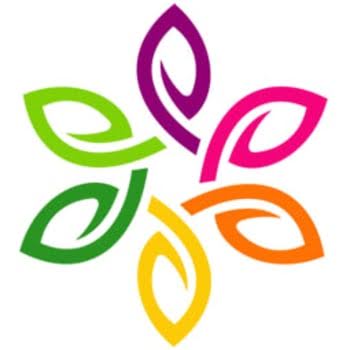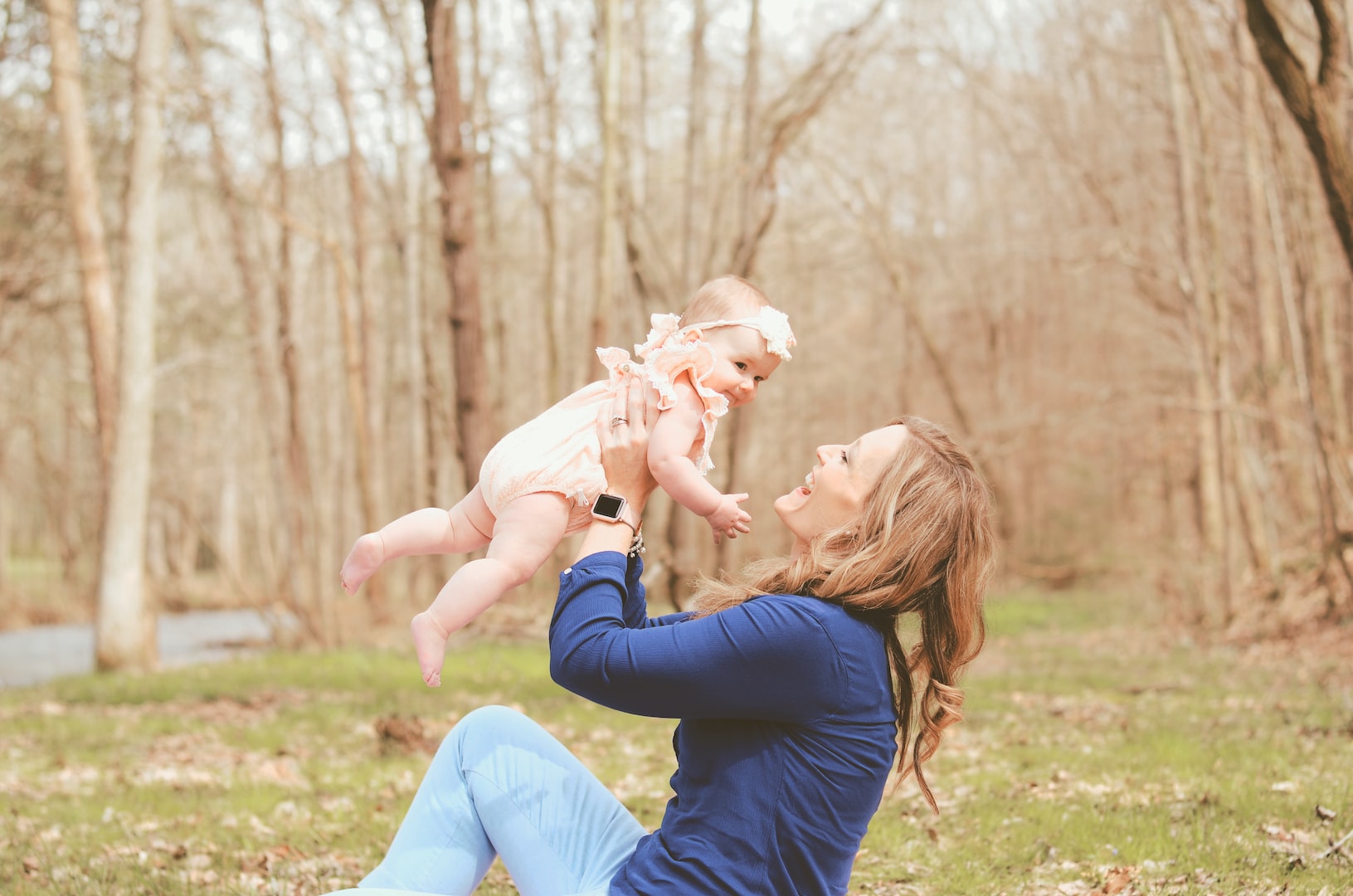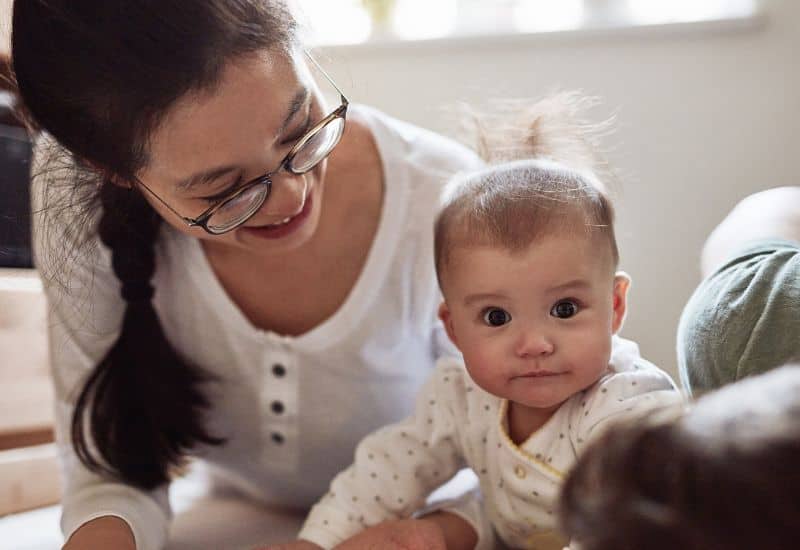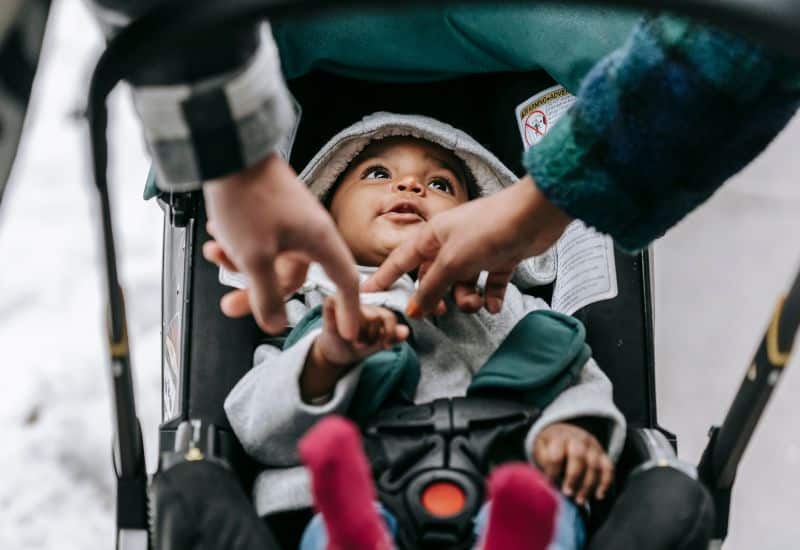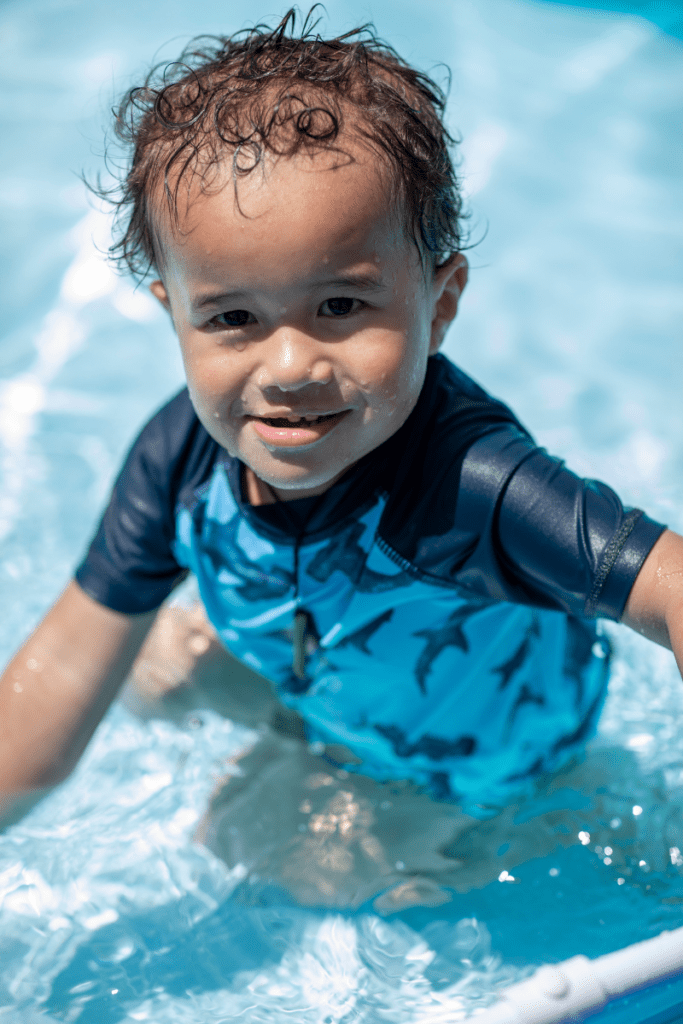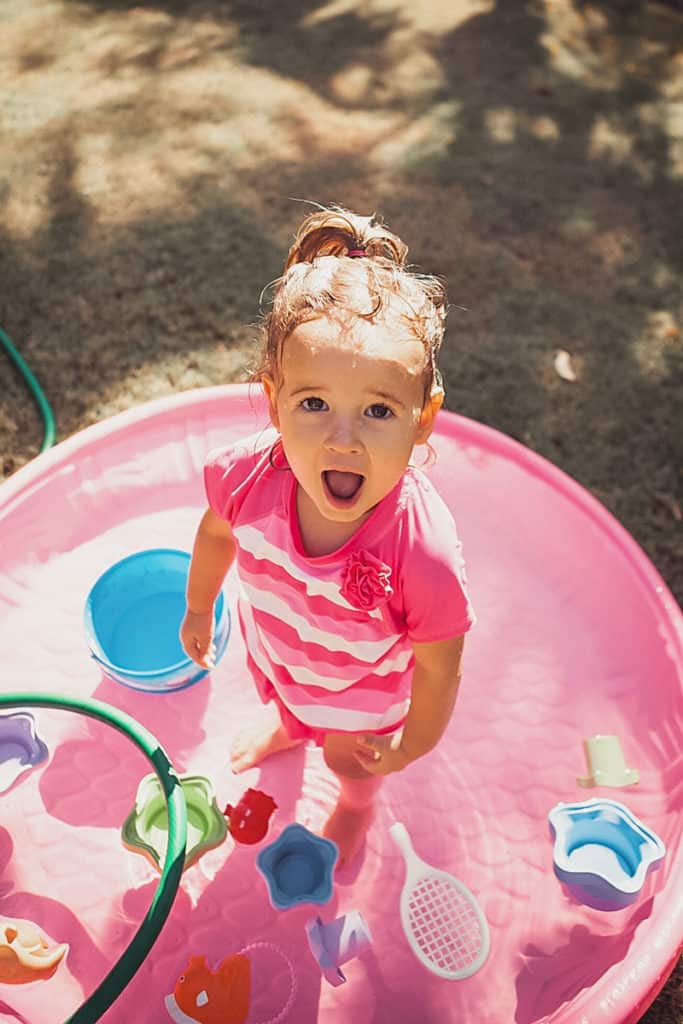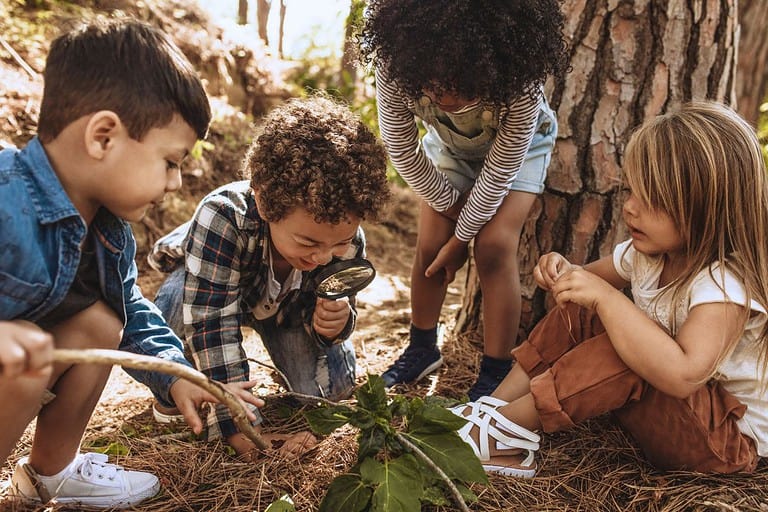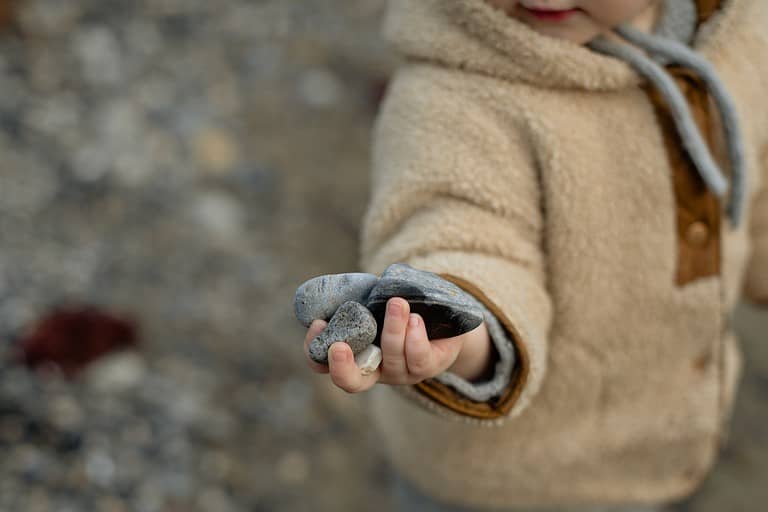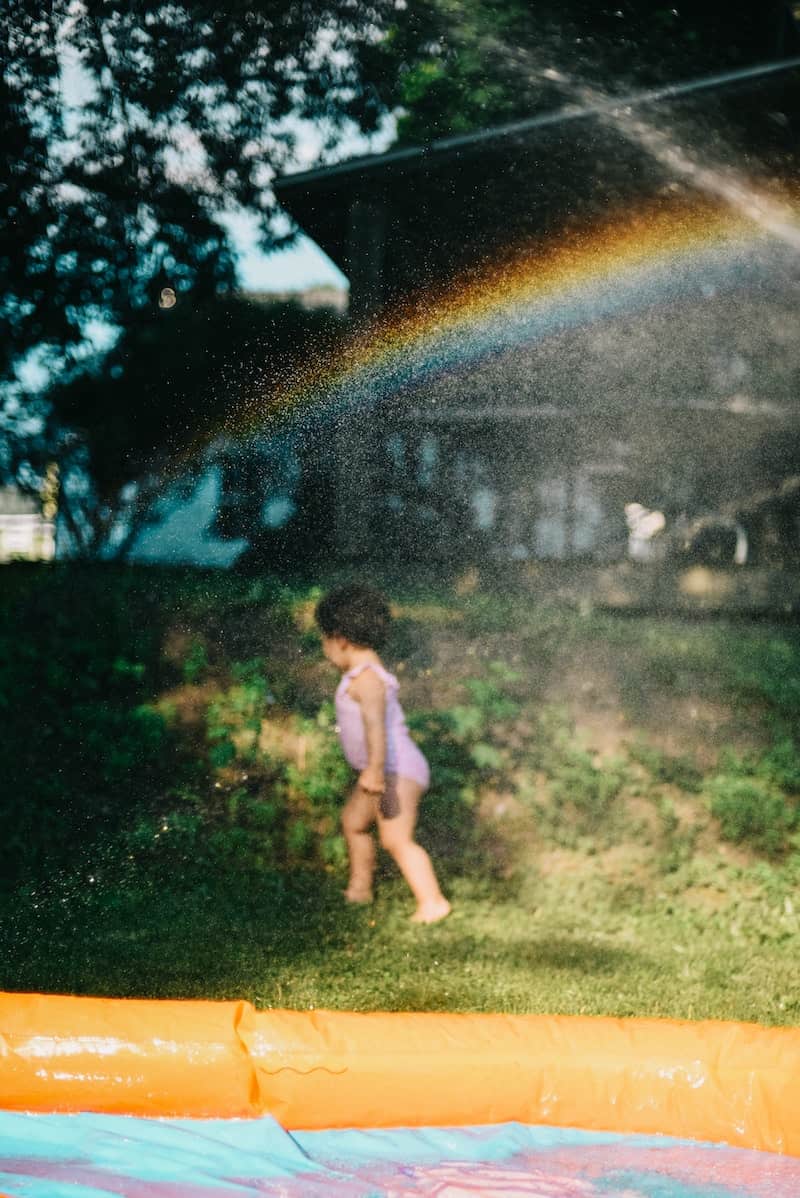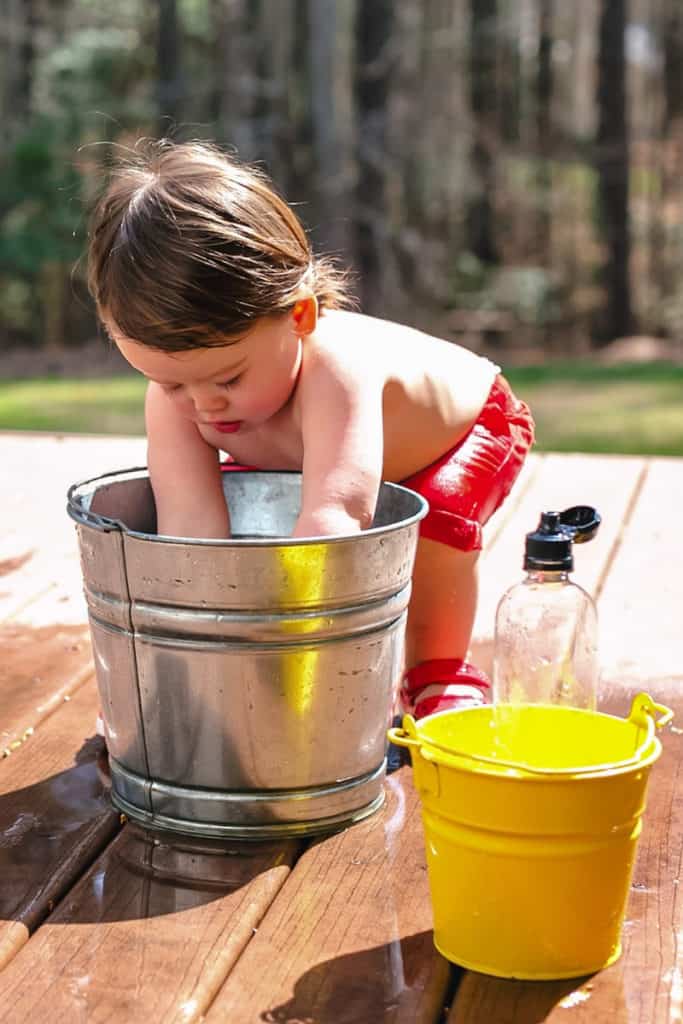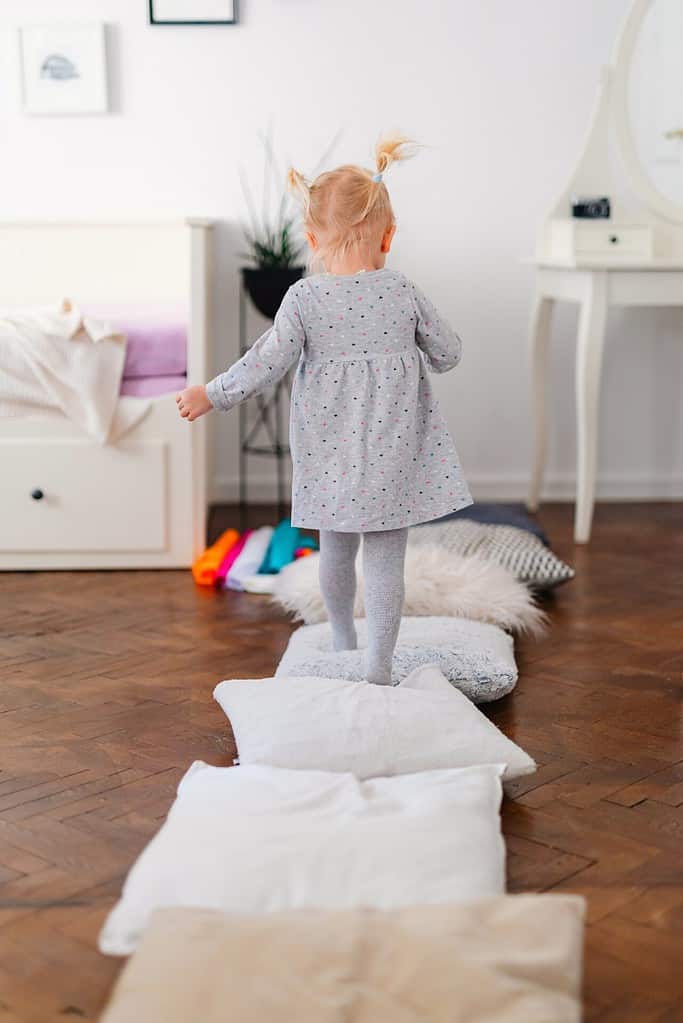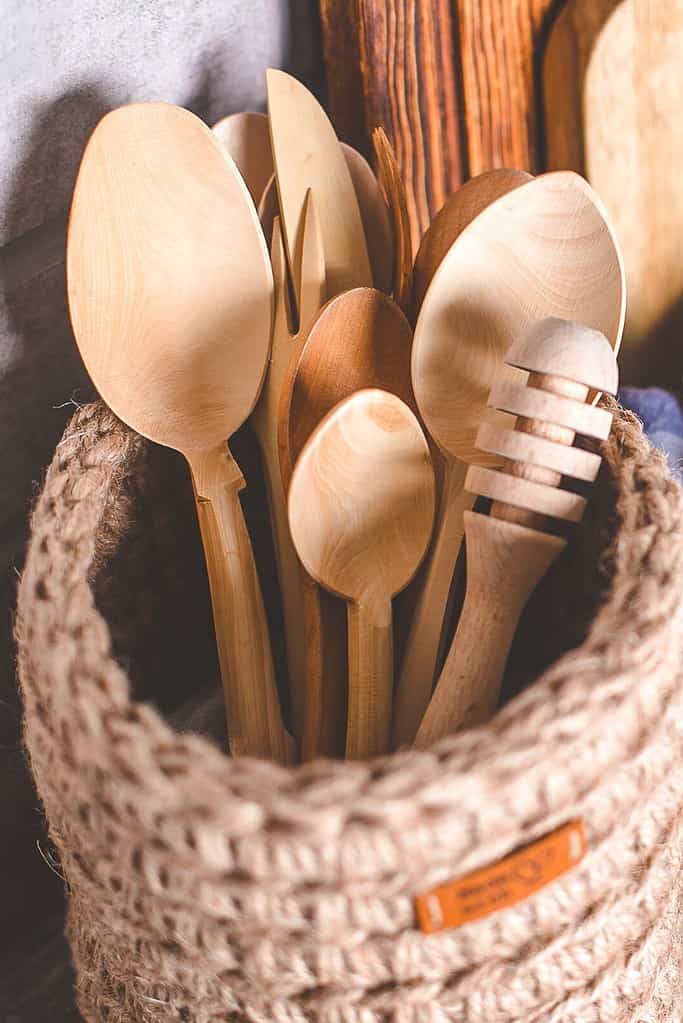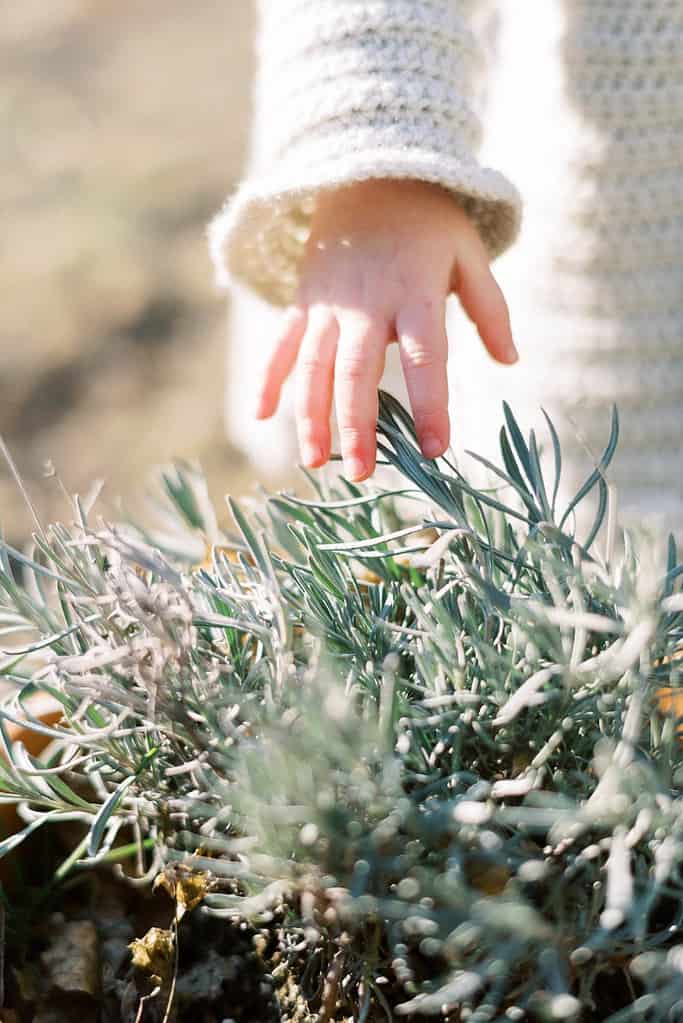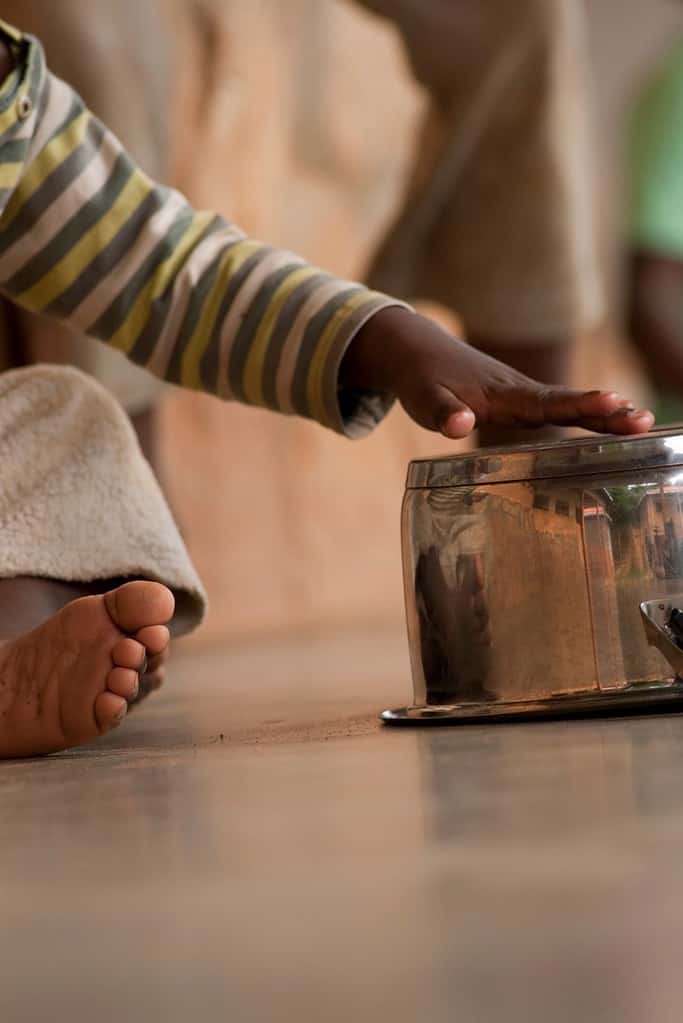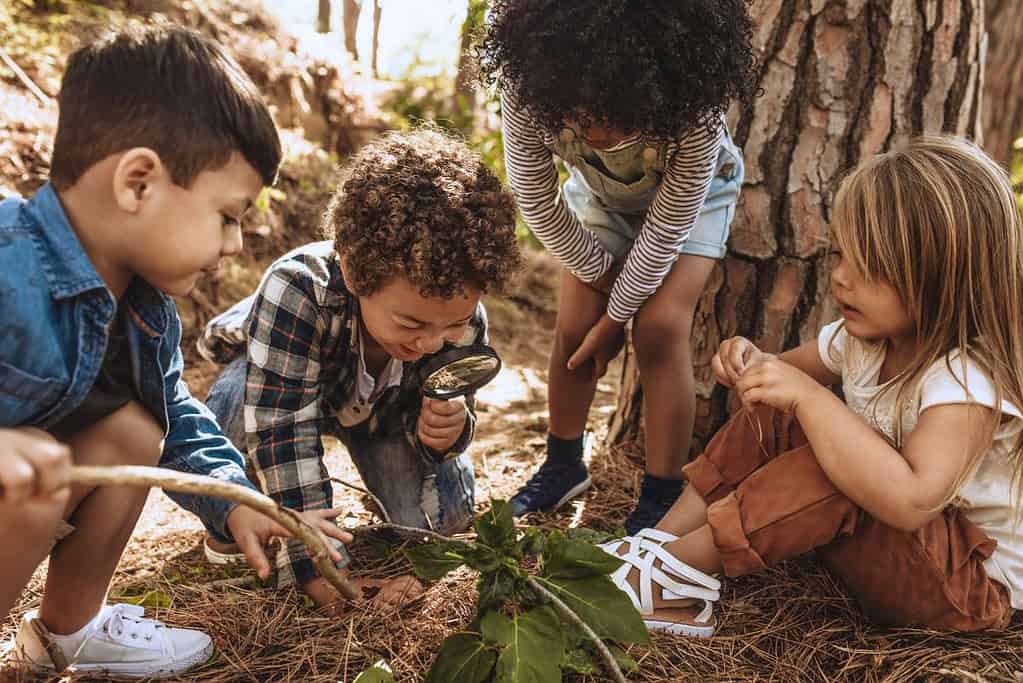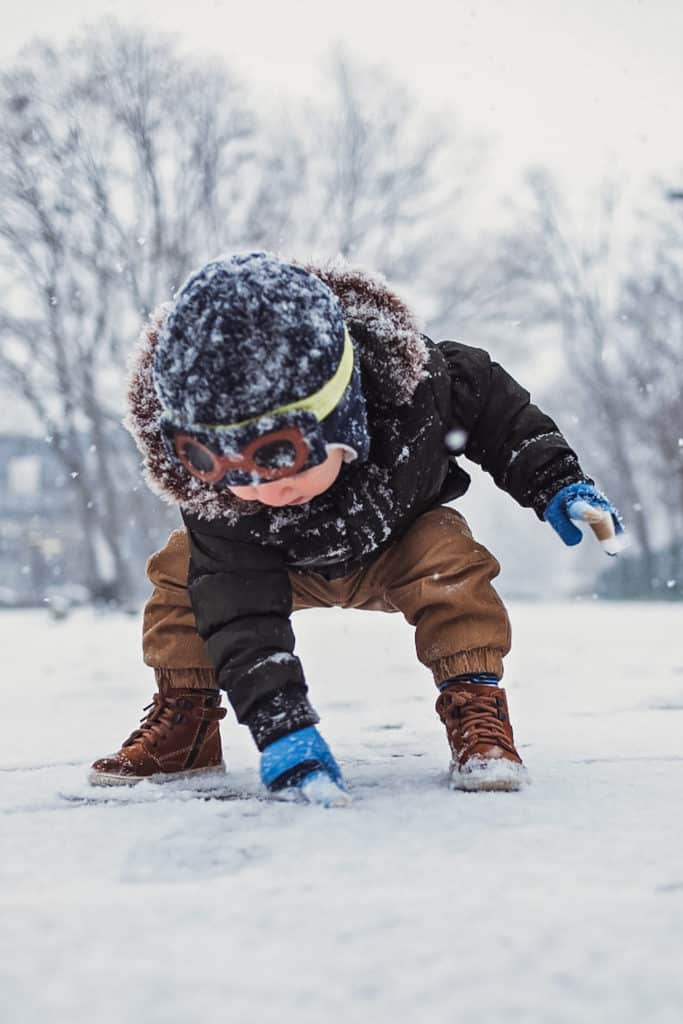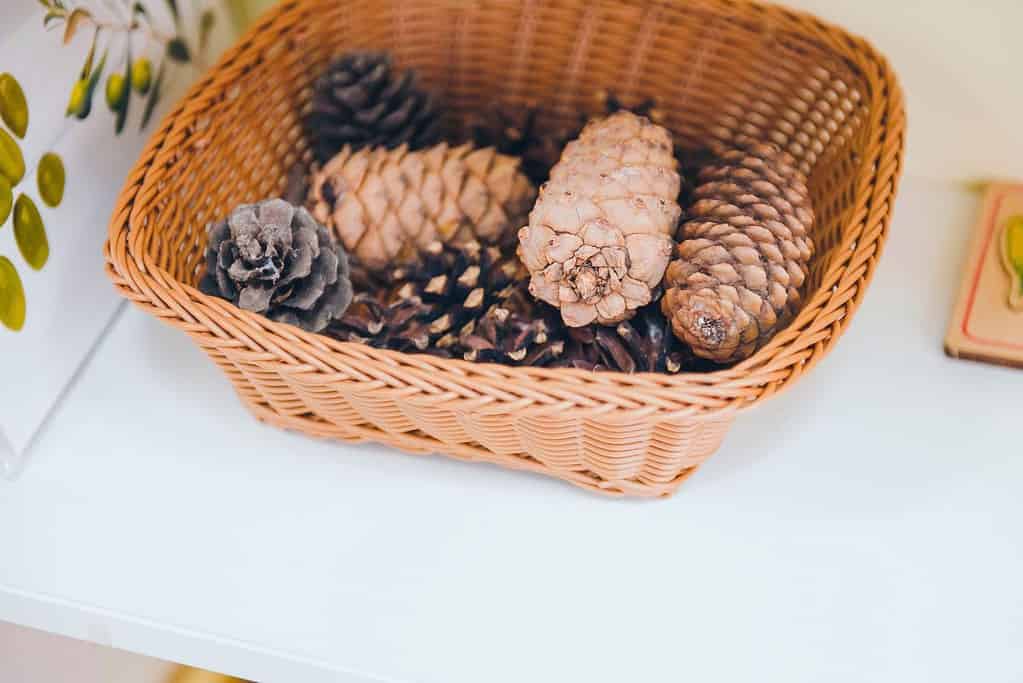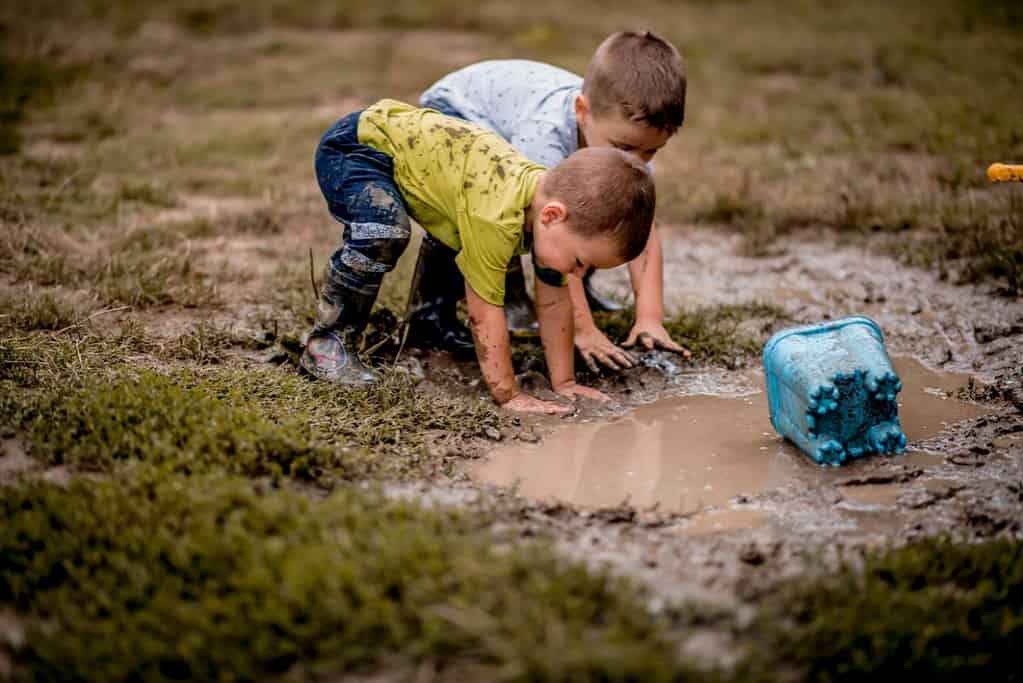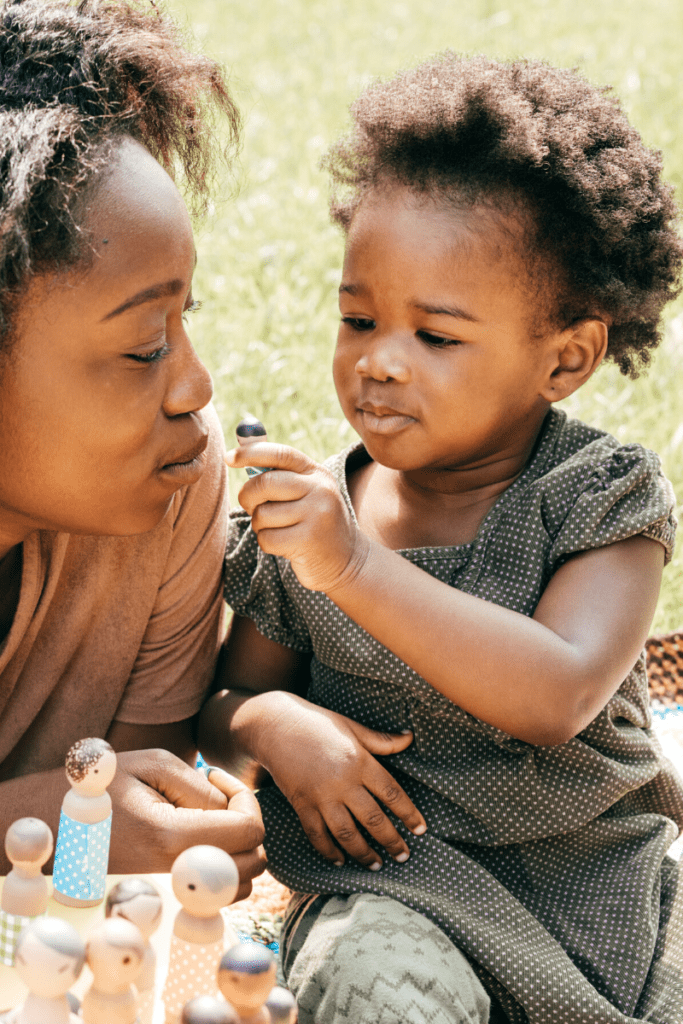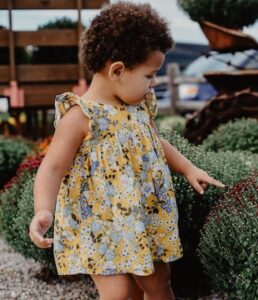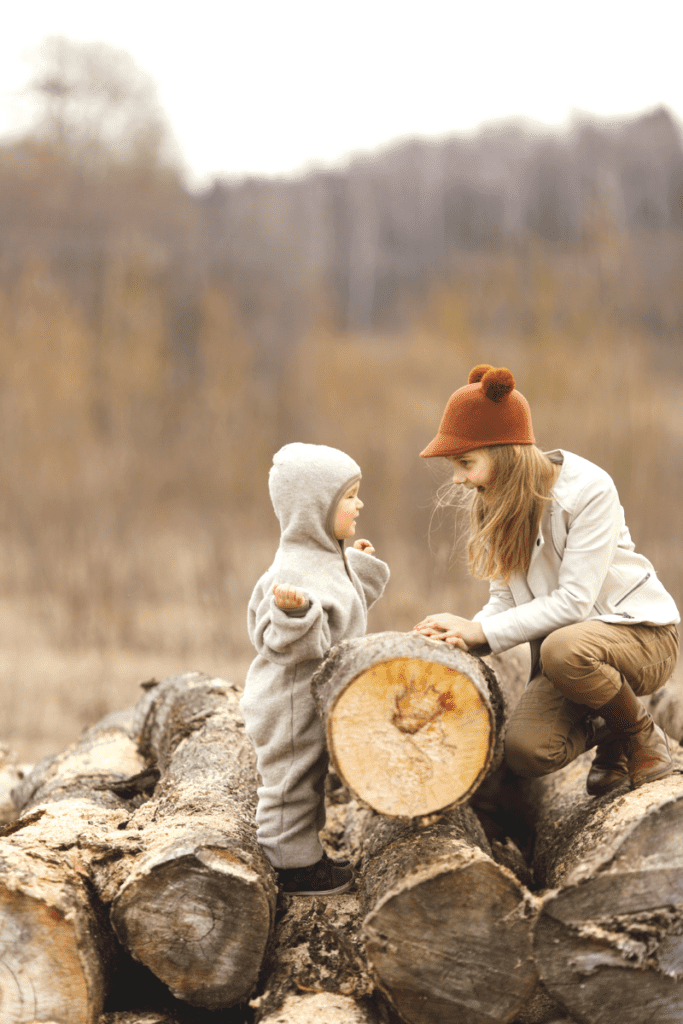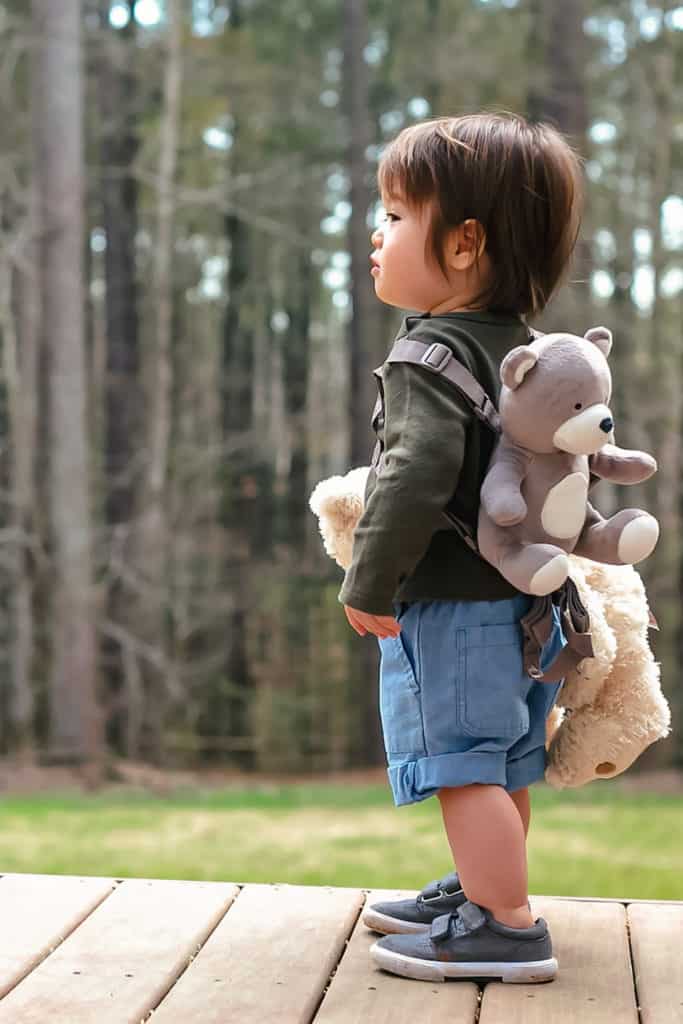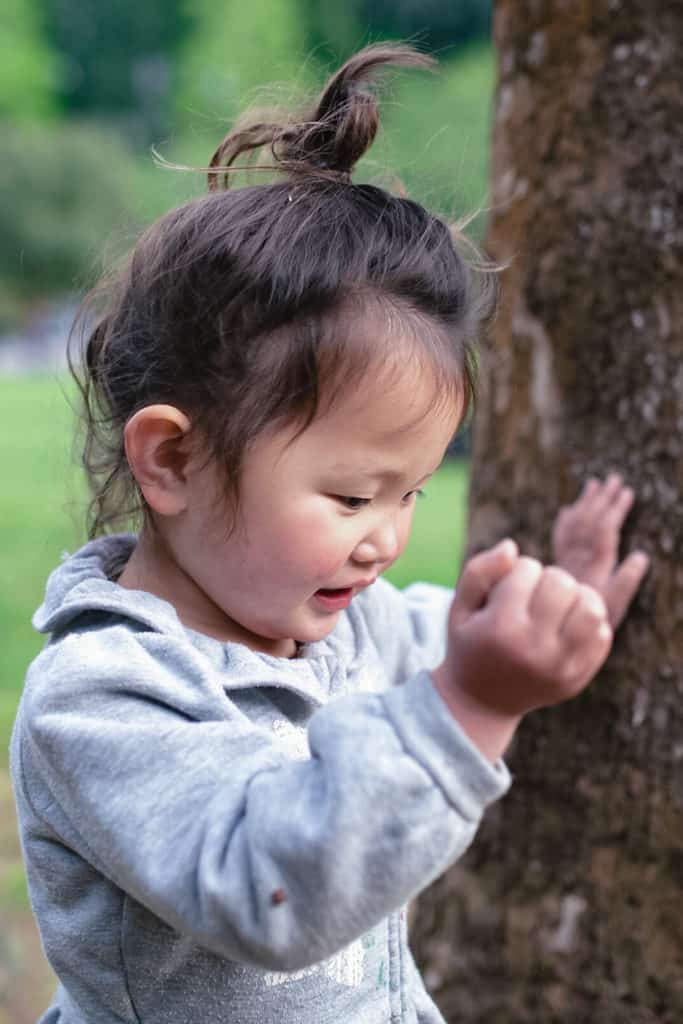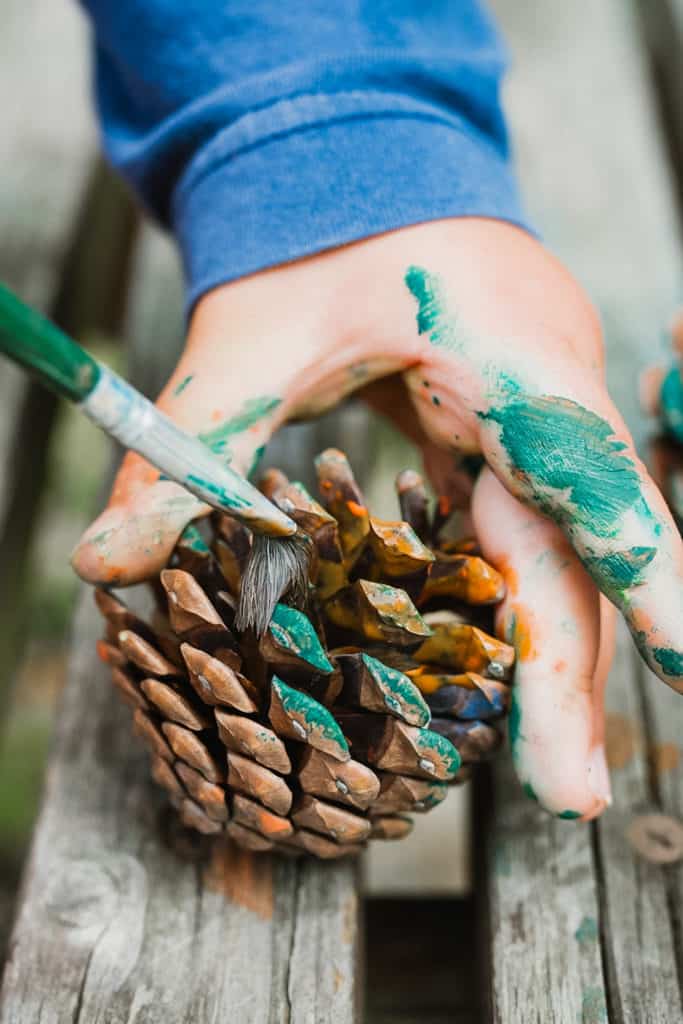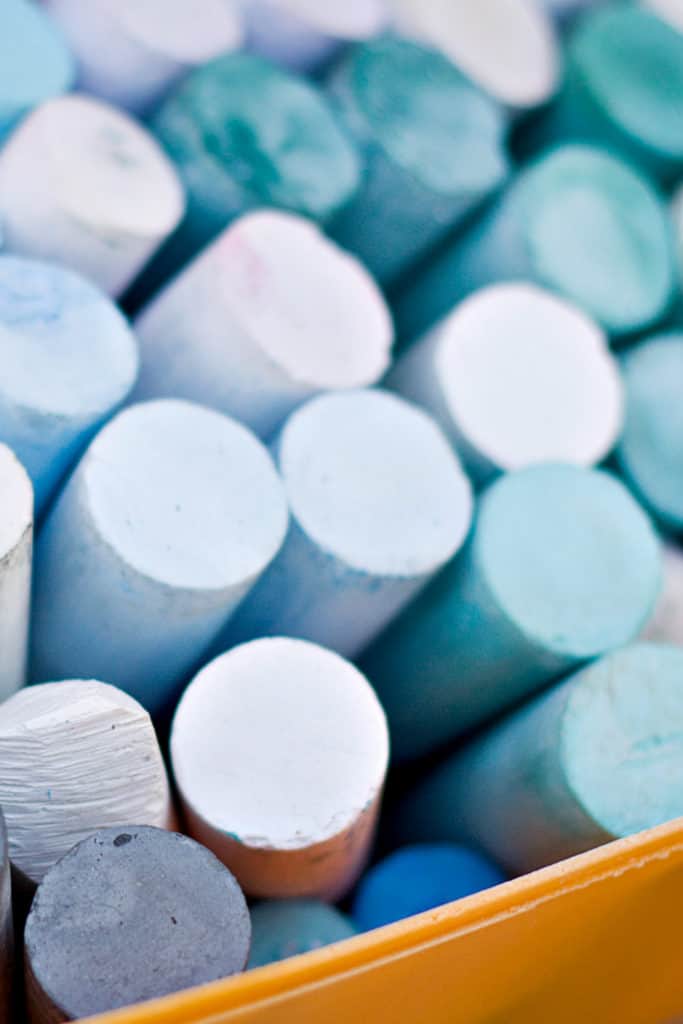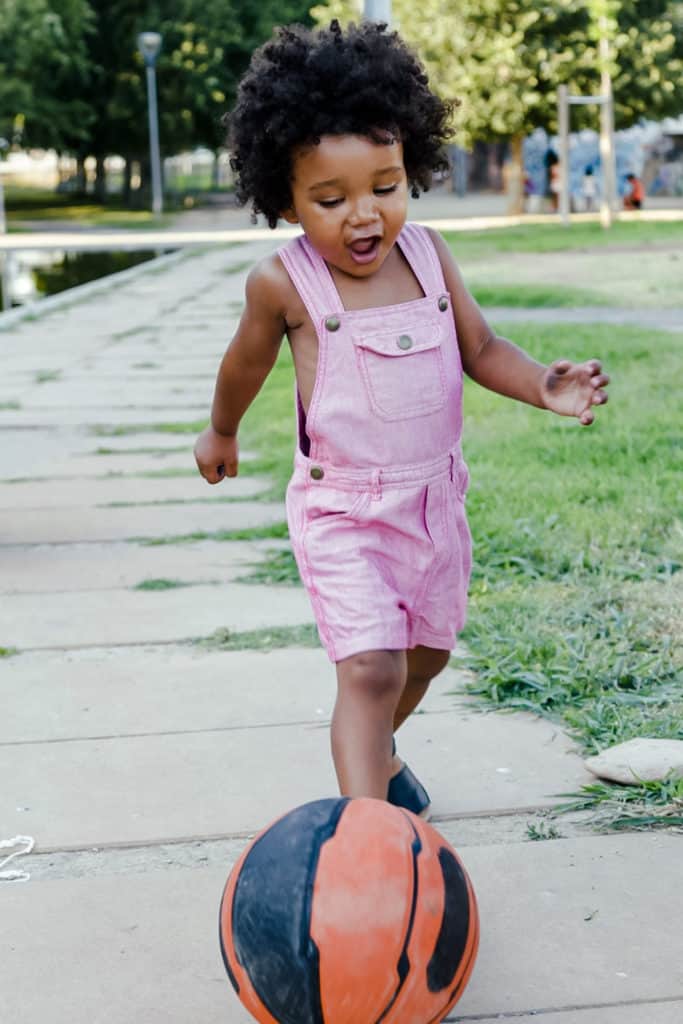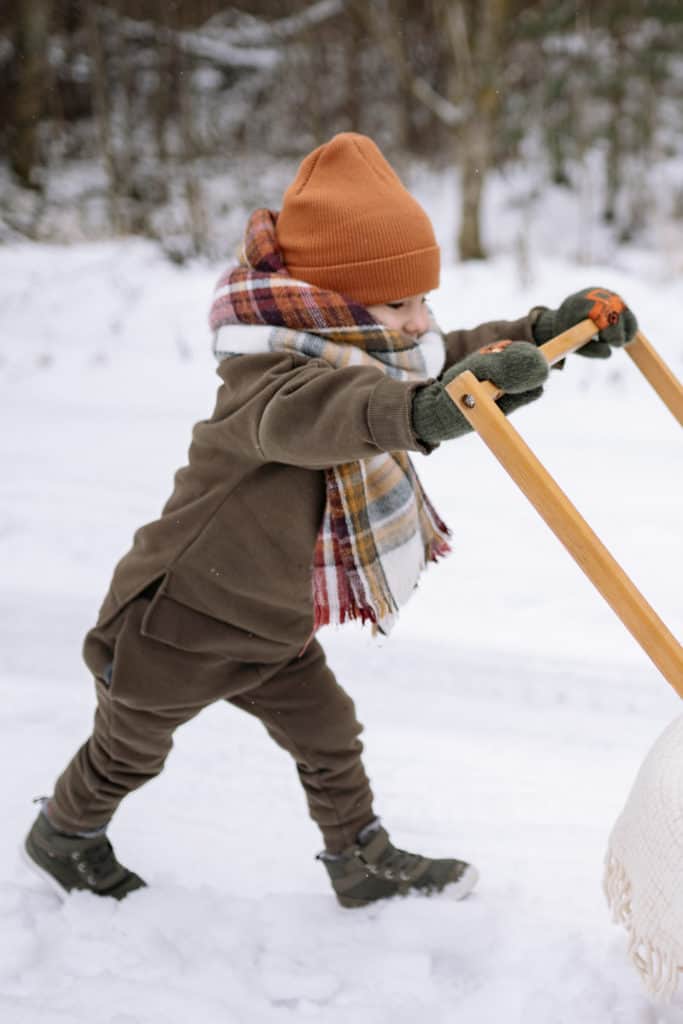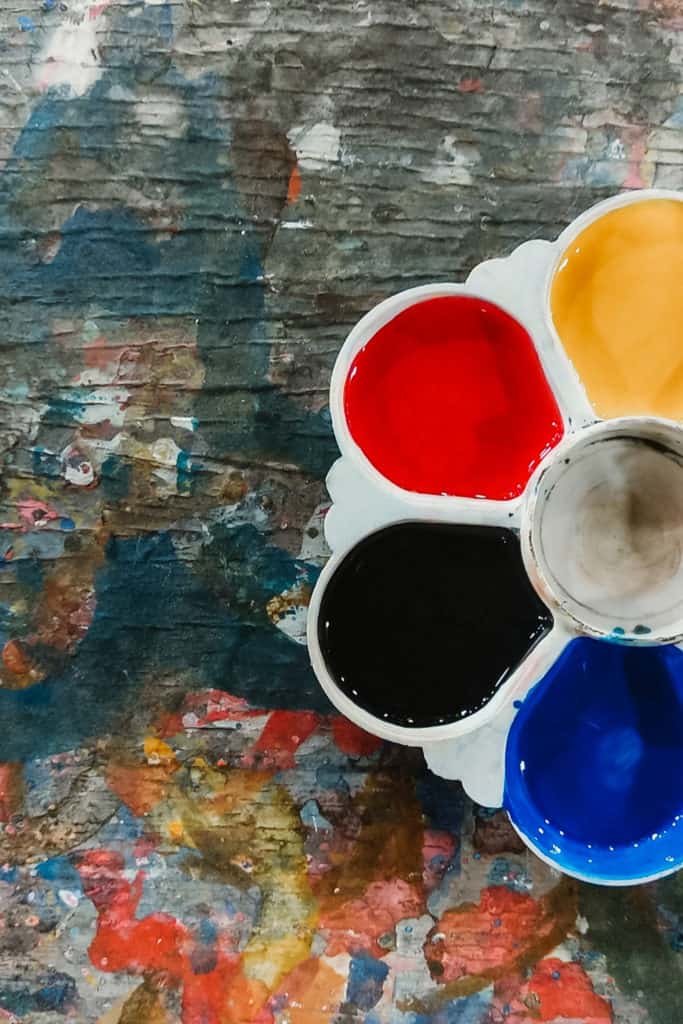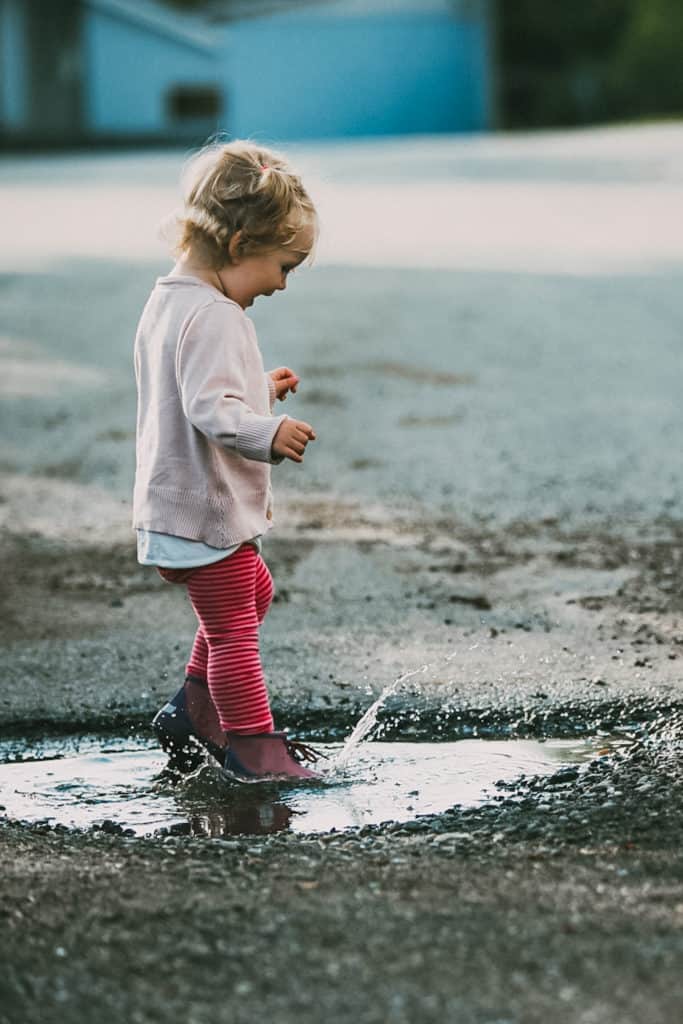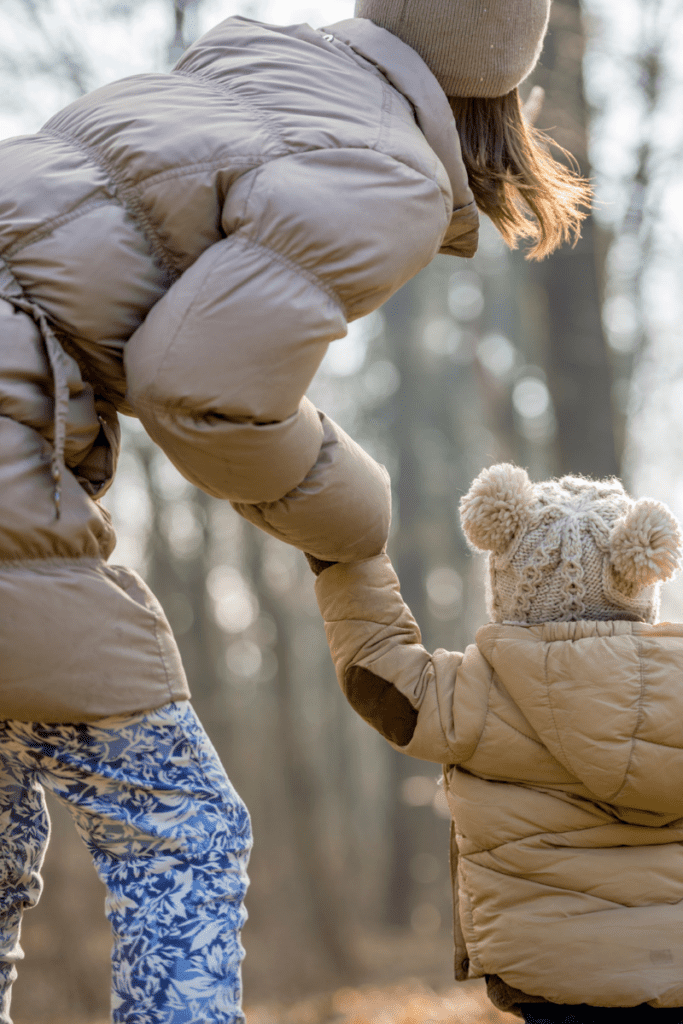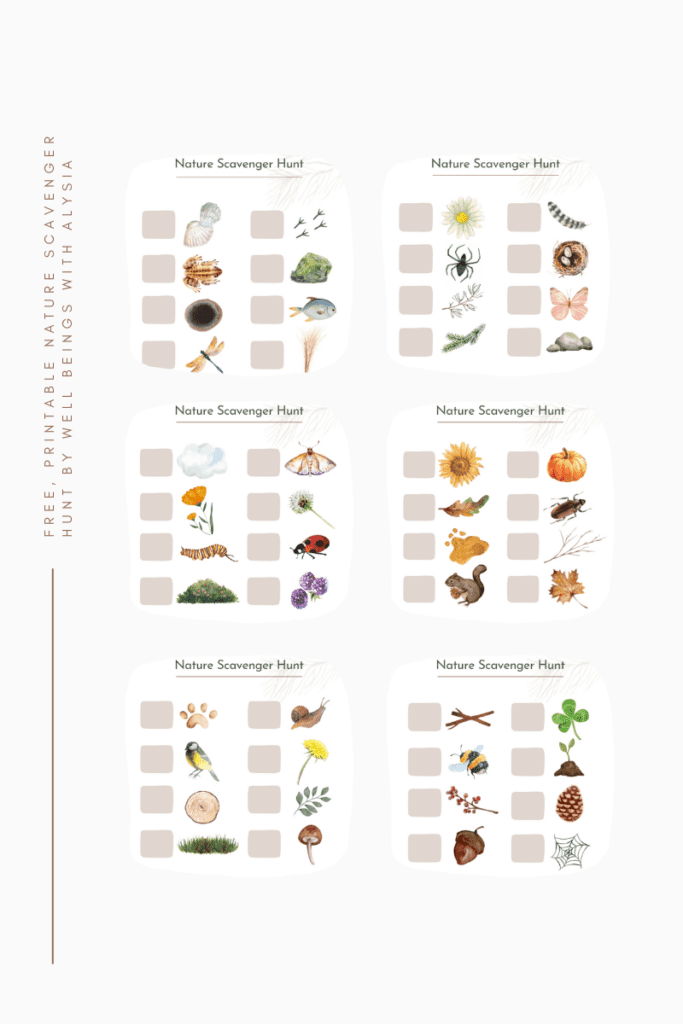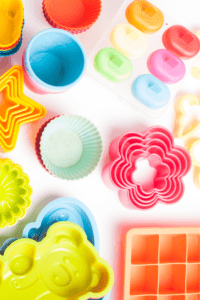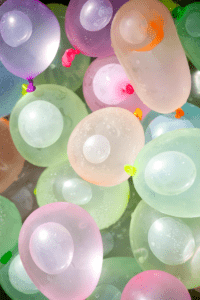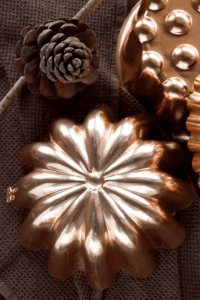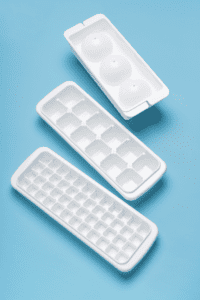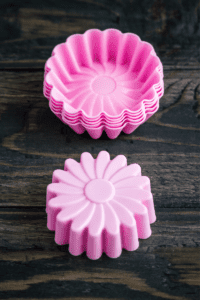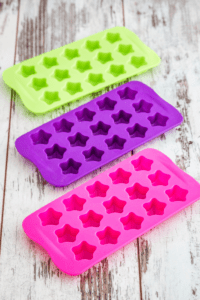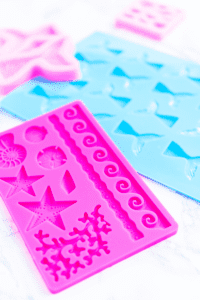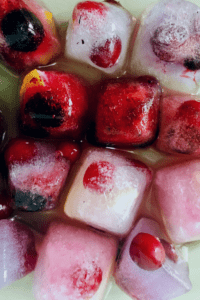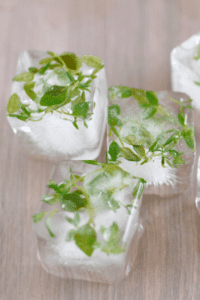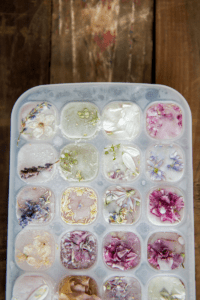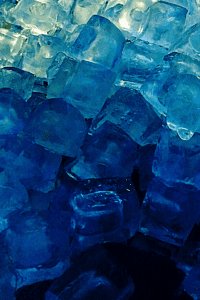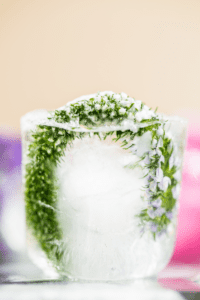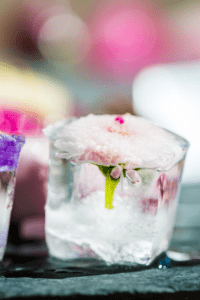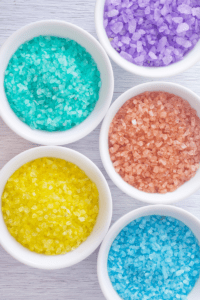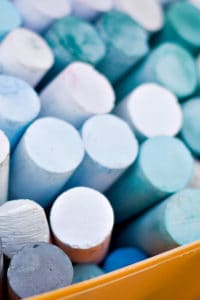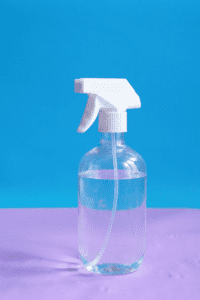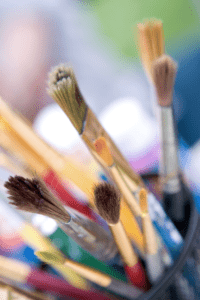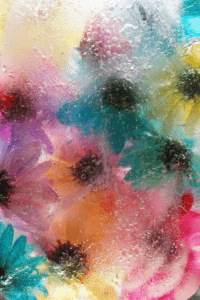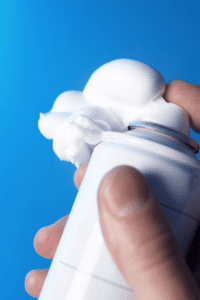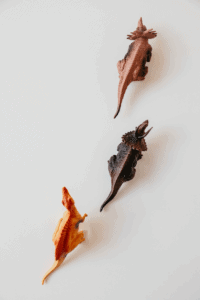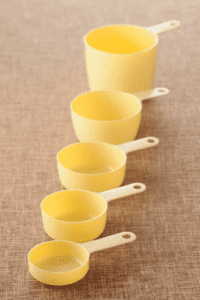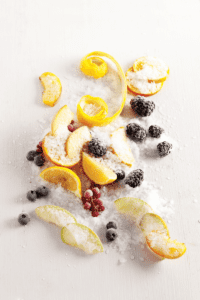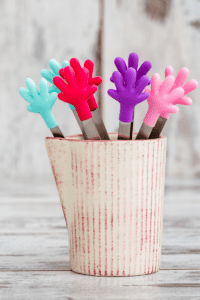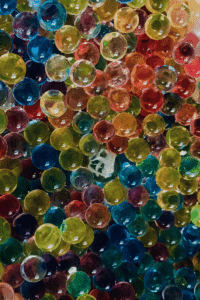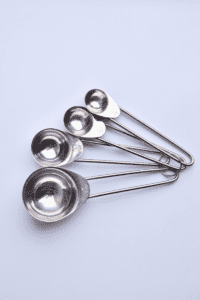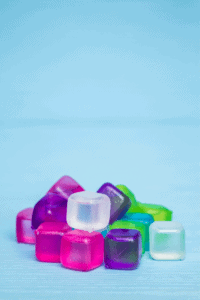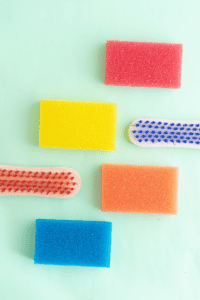Baby Sensory Activities: Ideas for Newborn to 14 Months Old
Why Do Babies Need Sensory Play?
Sensory play is an essential part of development for babies. You can read more about the benefits of sensory play for babies here.
Young children need to experience the world through the senses to develop their motor skills, sensory processing, and cognition skills. For babies, sensory activities are an introduction to emergent science skills.
At What Age Should You Start Sensory Play?
Sensory play activities can start when a baby is born.
For newborns and very young infants, sensory play activities are very simple, such as touching the fabric of their clothing or listening to a parent sing. Babies will seek the sensory experience of being held and gently rocked.
Mouthing toys is a sensory activity for babies. Babies love to put things in their mouths because while they do not have great control of their hands and fingers to explore, they can use all the nerves in their mouths.
Sensory activities will become more complex as a baby gets older.
How to Do Sensory Play with Babies?
Sensory play for babies is honestly super simple. Start with a developmentally-appropriate activity (hint: it isn’t screen time).
Next, think about how that activity could stimulate one or more senses.
Here is where I need to mention that there are two more senses: vestibular and proprioceptive, in addition to the 5 senses of smell, taste, touch, hearing, and sight. I still love to geek out on that.
Then consider the individual interests and skills of your baby. Adjust the experience to meet your baby’s interests or connect to their current learning.
Are they starting to roll over?
Do they love to shake toys or crinkle paper?
Do they dislike getting wet?
Have they started trying new foods?
Find a sensory activity that your baby adores. You can feel confident in doing that activity over and over again. As your baby develops new skills, you can modify the activity. If your baby is engaged, they will keep learning each time.
Sensory Toys For Babies
Textured Sensory Cube
Adorable Wood Sensory Tumble Set
Sensory Block Set
Wood Stacking Rings
Solar Jar Nightlight
Stacking cups
Tree Blocks
Color Contrast Latex-coated Wood Blocks
Loose Parts Set: Wooden Peg People
For babies, almost everything is sensory play. That’s because, at this stage of play development, they constantly learn about their bodies and environment through the senses.
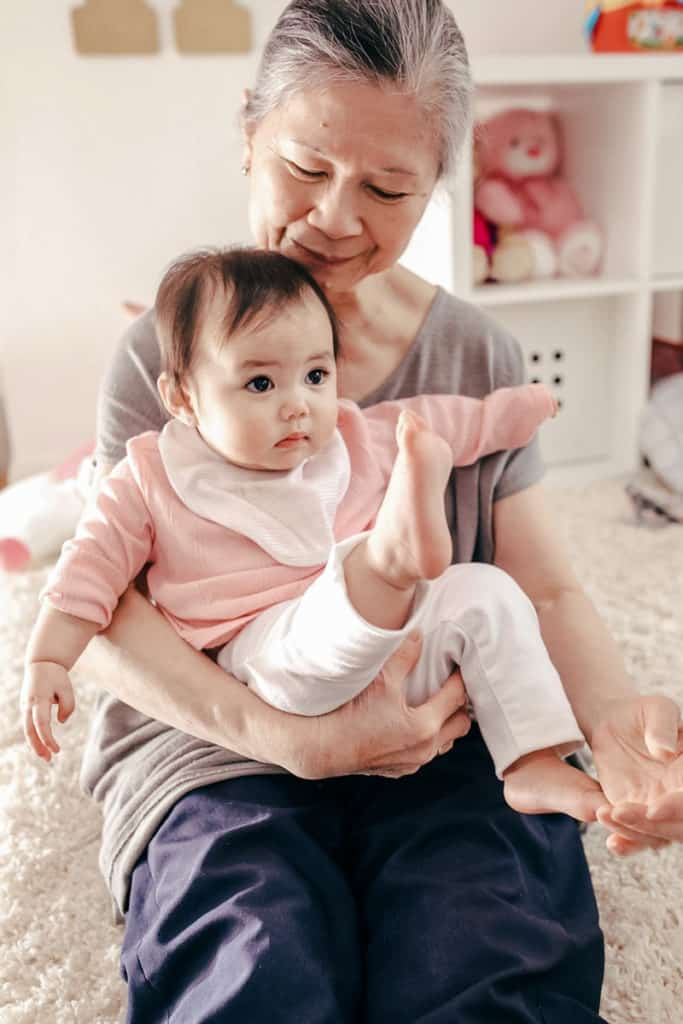
Small changes to tummy time or an extra few minutes at a meal can turn into sensory play. You don’t need to spend too much time planning or setting up sensory experiences. In fact, most of these sensory activities are no mess, no fuss.
Always, always supervise babies during sensory play. Babies are constantly learning and developing new skills. You might not be able to anticipate how a baby will engage with a particular material.
Table of Contents
Sensory Activities for 0 to 8 Months Old
These sensory activities are great for younger babies who are not rolling, starting to roll, and starting to sit up.
Shadow & Light Tummy Time
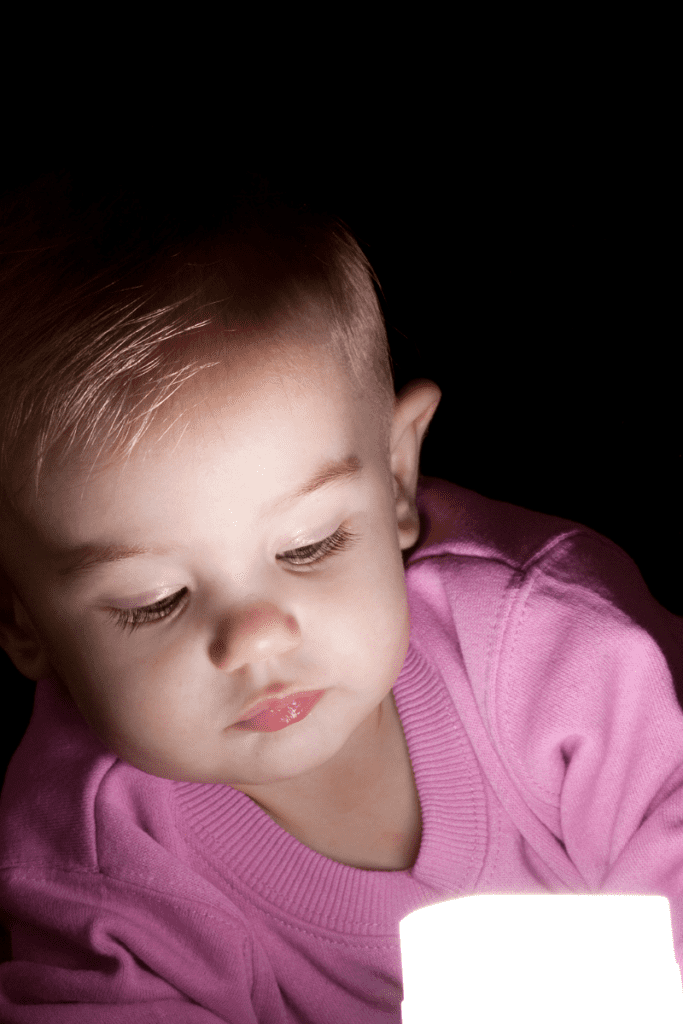

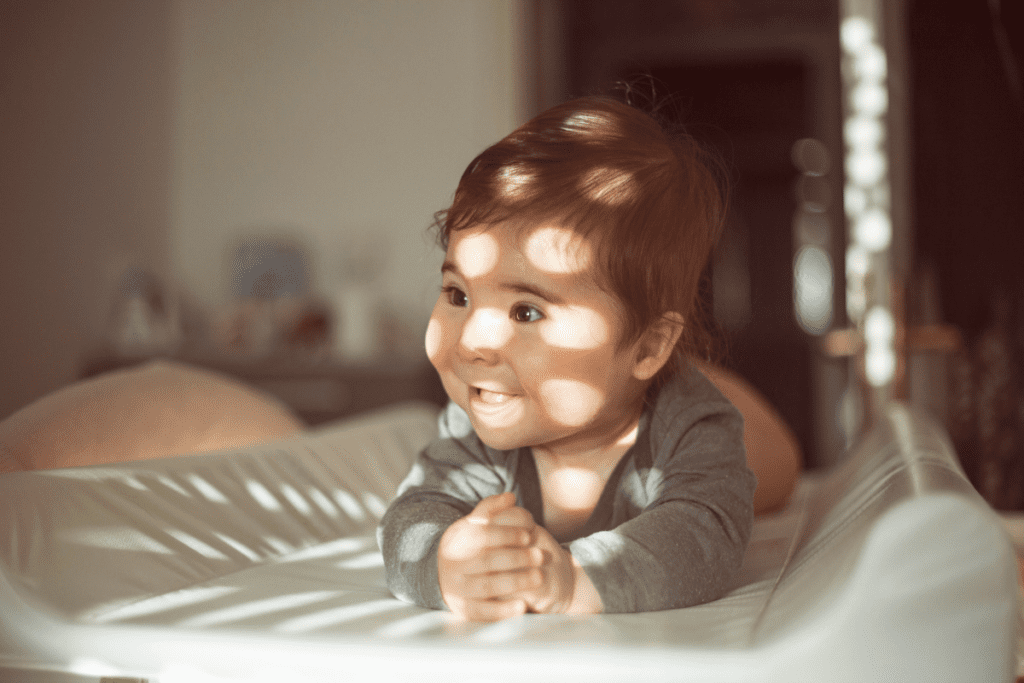
Changing the location or lighting during tummy time creates a new play environment for babies. Show your baby how toys light up or how shadows move. Just avoid anything that flashes.
Tummy time in sun rays
Adjust window blinds
Turn off lights and explore shadows
Plug in nightlights
Place scarves over lamps
You may even discover some lighting combinations that are calming for your baby.
Senses: sight, vestibular
Mirrors
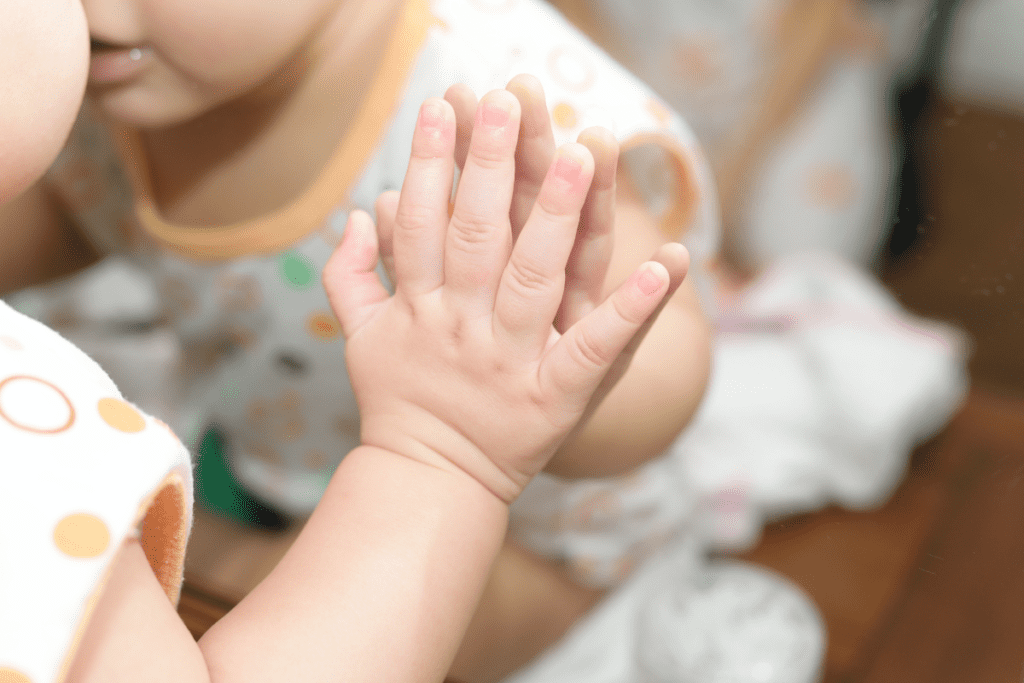
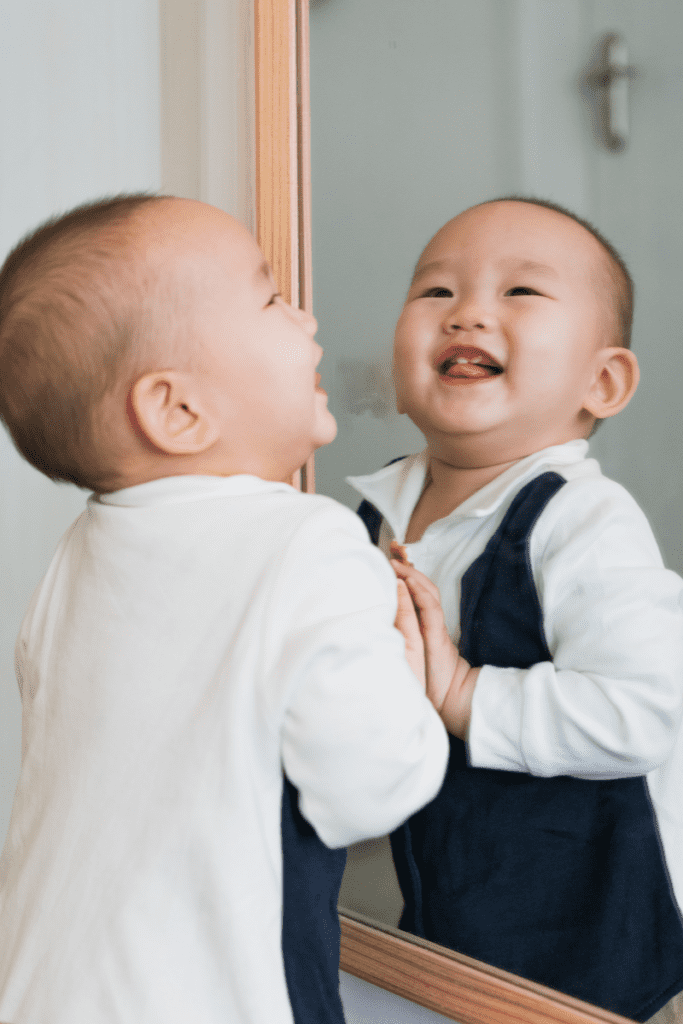
Mirrors are a tool for helping early learners develop social-emotional skills. Babies can use mirrors to learn more about their bodies and expressions. Mirrors are also a way for babies to explore reflections.
You can prop a mirror up for your baby to look at during play or set a mirror on the floor to explore during tummy time. Choose a shatterproof mirror if you have access to one.
Senses: sight, proprioceptive, vestibular
Water Play
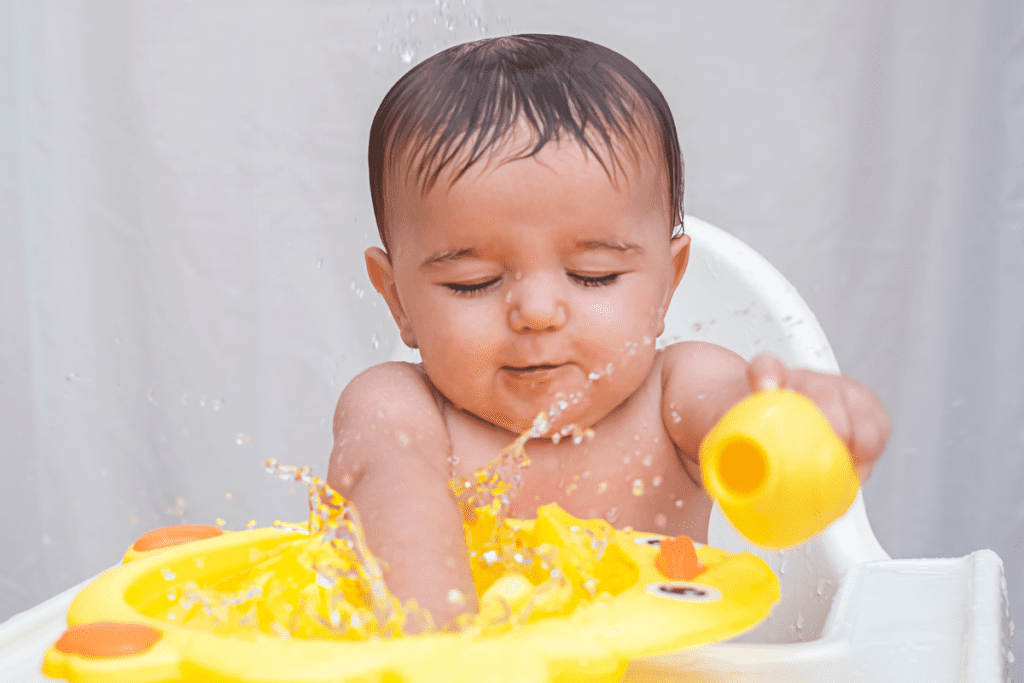
Water play is a safe sensory activity for babies as long as they are being supervised. Even just a couple of tablespoons of water can be fun for babies to explore. Try one of these ideas:
Water directly on the highchair tray
Water on a cookie sheet on the floor
Water sealed in ziplock bags and taped to the floor for tummy time
Senses: touch, taste, hearing, vestibular, proprioceptive
Tummy Time Outdoors
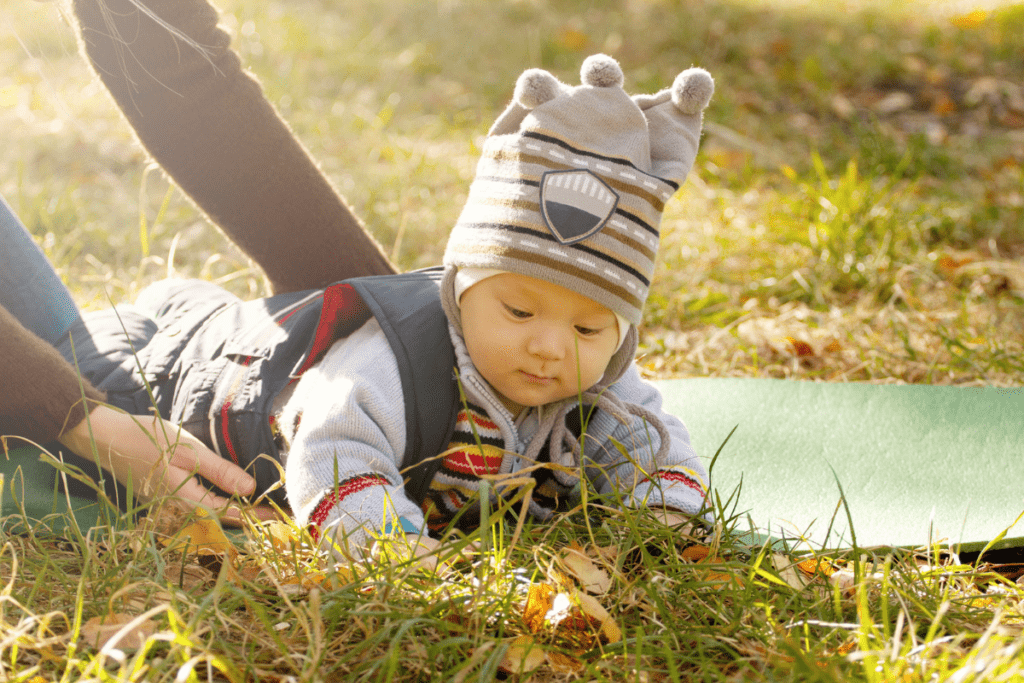
Taking tummy time outdoors introduces babies to outdoor play. They can experience different types of weather and safely explore nature while working on gross motor skills.
Senses: sight, touch, hearing, smell, vestibular, proprioceptive
Hang Loofahs For Kicking, Pulling, Swiping, Swinging
Hang loofahs of different sizes and colors from a baby play gym. Your baby can reach out to touch the unique textures. They can also use their legs to kick the loofahs and watch them swing.
Senses: sight, touch, vestibular, proprioceptive
Sticky, Tacky Contact Paper
Use masking tape to tape squares of contact paper to the floor, wall, or highchair tray. Let your baby explore the stickiness with their hands or with toys, pieces of fabric, felt, or ribbons.
Senses: sight, touch, hearing, vestibular, proprioceptive
Lumpy, Bumpy Blankets
Create a tummy-time space on the floor with layers of blankets and pillows. Babies can explore each item’s different colors, textures, and weight. Babies who are rolling or starting to crawl can work around the lumps of pillows. Adjust the space if your baby seems overly frustrated or tired trying to move around.
Senses: touch, sight, vestibular, proprioceptive
Exploring Weather
Experiencing different types of weather is part of the human experience. Simply step outdoors with your baby for even a few minutes. Talk about the wind, rain, snow, humidity, or fog. Check out our favorite weather books for help discussing the weather.
Senses: touch, smell, hearing, sight
Bubbles
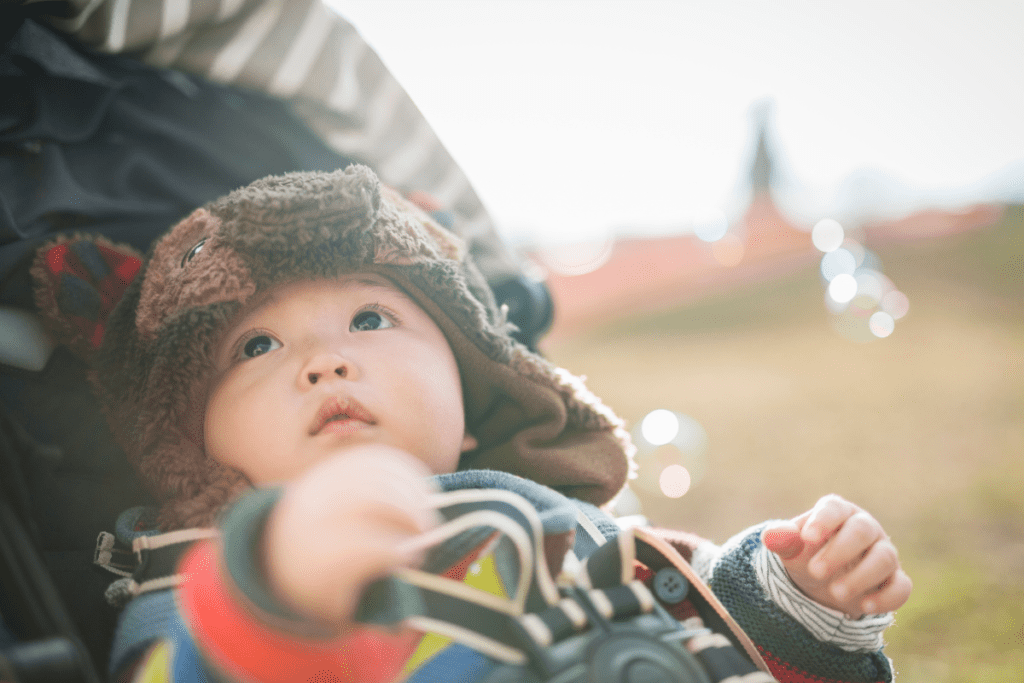
There is something magical about watching bubbles. Even babies will be mesmerized. Talk to your baby about how the bubbles pop, float, bounce, and burst. Avoid getting lightheaded or out of breath by investing in a bubble machine.
Senses: sight, touch
Wet + Dry Sponges
Offer your baby two or more sponges, some wet and some dry. They can explore the different sensations of wet versus dry. You can also put a small amount of water on a tray and offer your baby a dry sponge that will slowly soak up the water.
Senses: sight, touch, taste, proprioceptive
Explore more sensory and learning activities for 3-month-old babies and activities for 8-month-old babies.
Sensory Activities for 8 to 14 Months Old
These activities are great for babies who are sitting, crawling, cruising, or starting to walk.
Exploring Temperatures
Touching cold windows
2 sensory bottles – one with ice water and one with warm water
Chilling teething toys or ice packs in the fridge
Water play with two trays of different water temperatures
Offer your baby a cup of cool water to pour while they are in the bathtub
Senses: touch, taste, sight, proprioceptive, vestibular
Contact Paper + Bubble Wrap Walk
Cut out 12″ by 12″ squares of contact paper and bubble wrap. Tape each square to the floor with masking tape. Encourage your baby to crawl or walk across the different materials. For a sensory bonus, do the activity barefoot.
Senses: touch, sight, hearing, vestibular, proprioceptive
Exploring Food Flavors + Textures
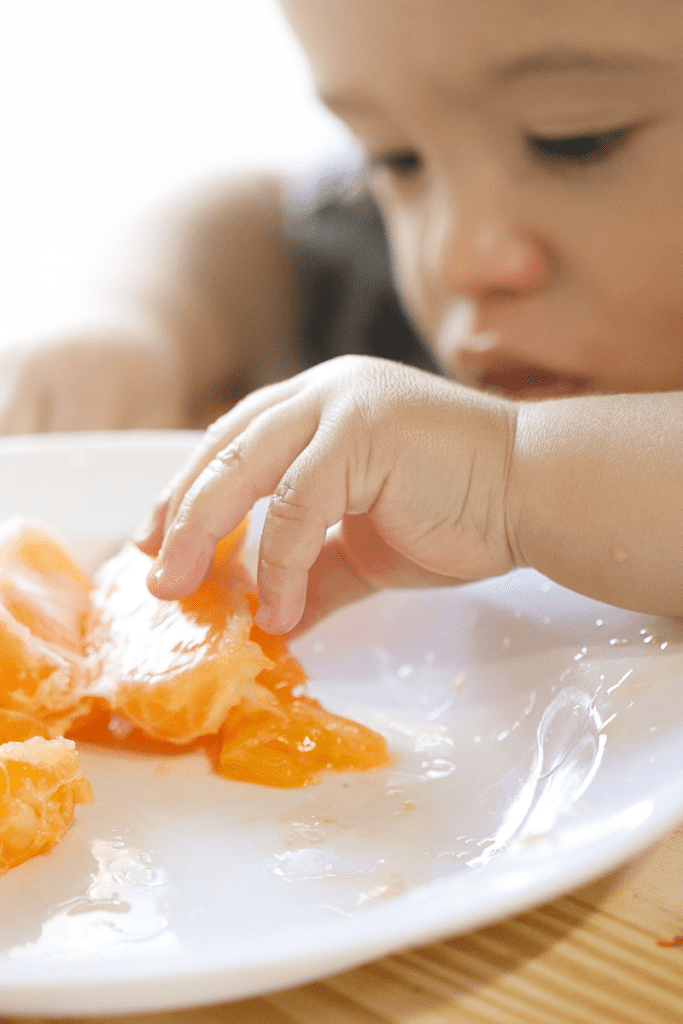
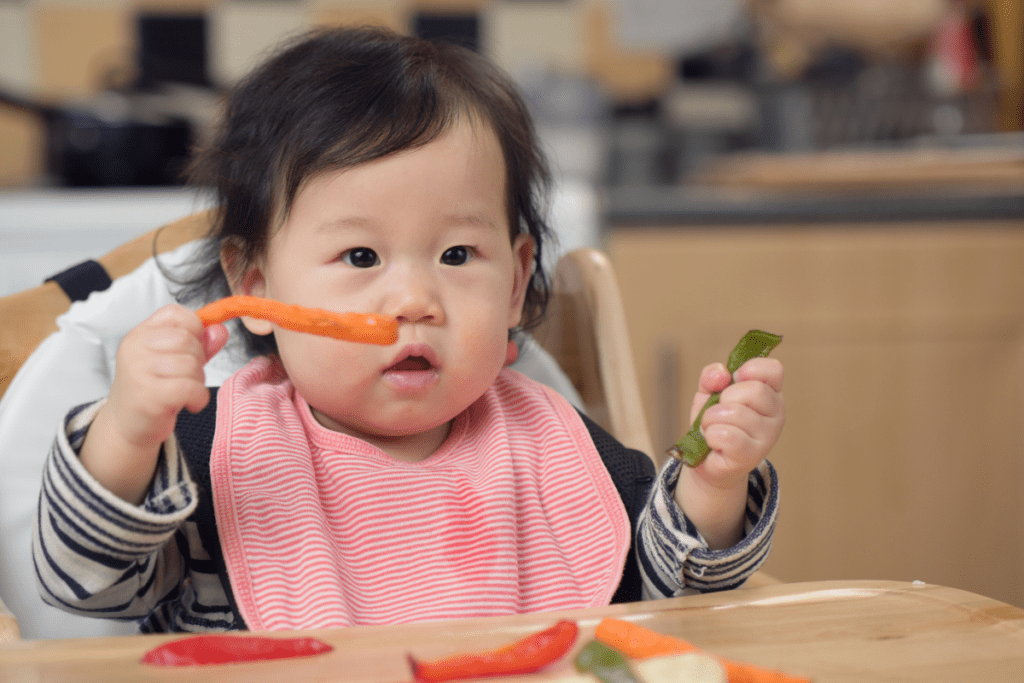
When your baby is ready, introduce foods of different flavors and textures for them to explore.
Citrus fruits
Chia seed pudding
Multiple colors of bell peppers
Variety of crackers
Senses: taste, touch, smell
Push & Pull Play
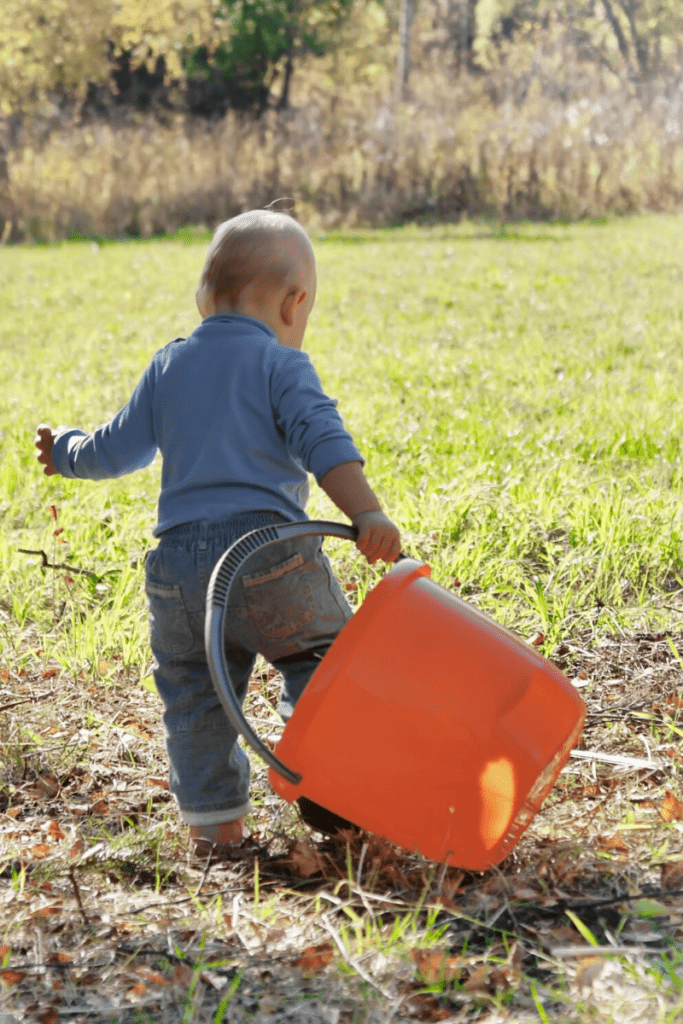
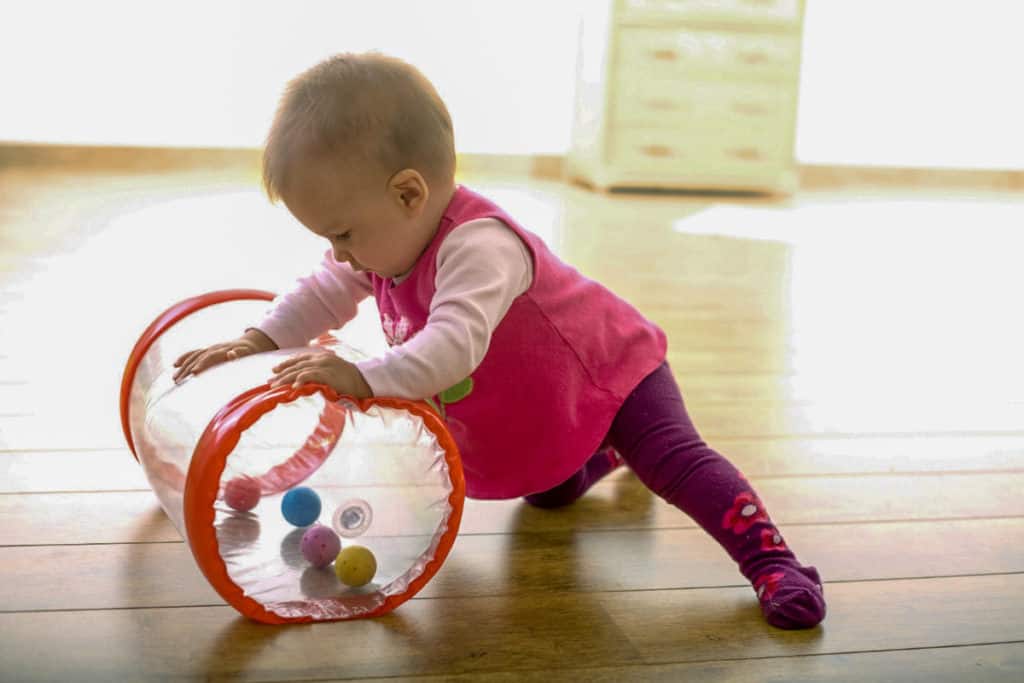
Babies love to push, slide, drag, roll, lift, and pull large or heavy (for them) objects. Look for safe ways to create this activity.
Cushions
Buckets
Baskets
Walkers
Crates
Ride-On Toys
Boxes
Totes
Large Balls
Add weight and/or ropes so your baby can use muscles pushing and pulling large or heavier objects.
Senses: touch, vestibular, proprioceptive
Nature Walks (Or Sits, Or Cruises)
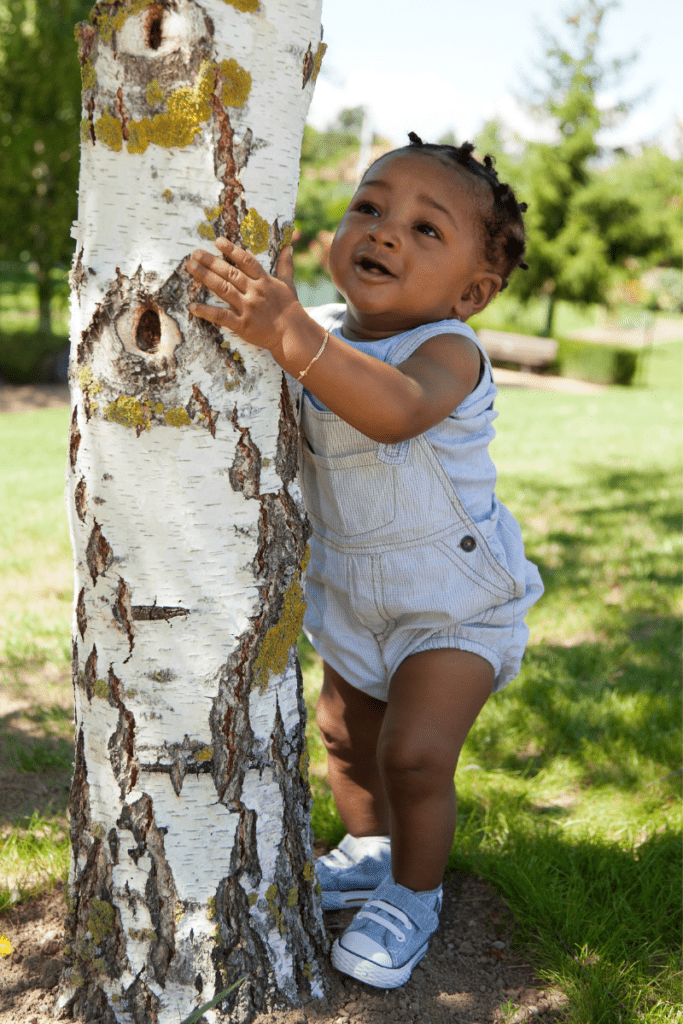
Time in nature is an incredible sensory activity for babies. And it takes almost no prep work for parents and educators. If you want ideas and inspiration for outdoor play, check out our nature play posts.
Senses: sight, touch, smell, hearing, vestibular, proprioceptive
Music
Music is a sensory play experience. You can introduce babies to finger plays, rattles and toy instruments, or your favorite music. Musical instruments, singing voices, dancing, clapping, and exploring how to make sounds all stimulate sensory systems.
Clapping
Singing
Dancing
Toy instruments
DIY Rattles
Banging pots and pans
Senses: hearing, touch, vestibular, proprioceptive
Drinking from an Open Cup
Once your baby can sit up, it’s safe to slowly introduce drinking from an open cup. This is a great learning experience and a sensory activity all in one. For more sensory play, give your baby a dry washcloth that they can use to start wiping up spills.
Senses: taste, touch, proprioceptive
Exploring Light & Shadow
Lights and shadows activities are fun for babies and don’t have a messy cleanup. As babies get older, they can take part in exploring light.
Rope lights or string lights
Children’s flashlights
Cover lamps with scarves
Translucent objects
Reflective objects
Explore shadows outdoors during dusk or nighttime
Senses: sight, touch
Goofy Moves
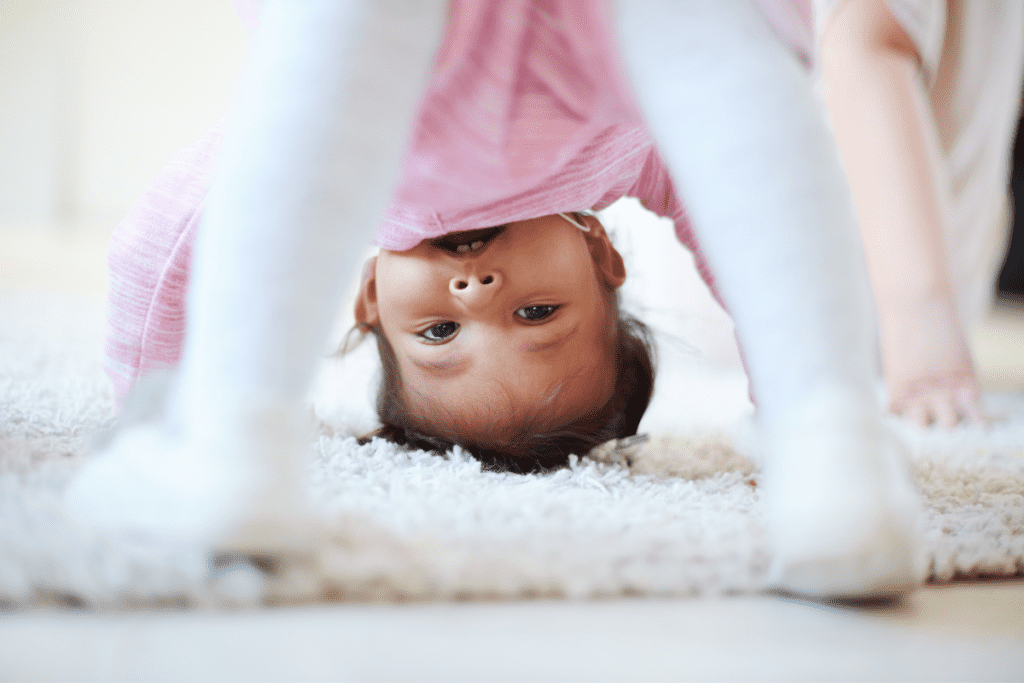
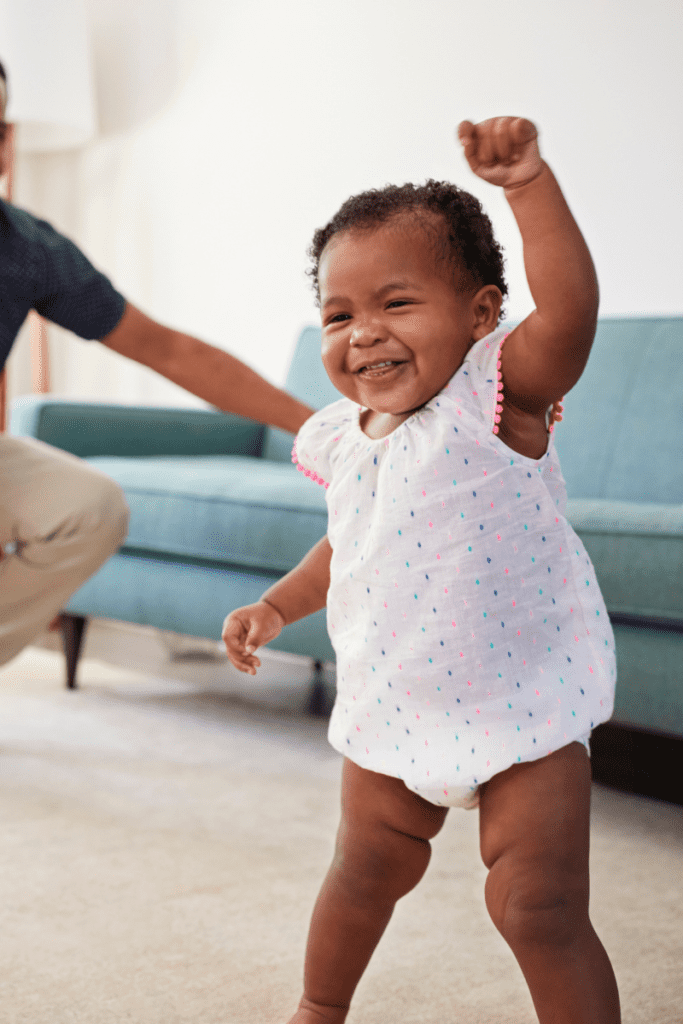
Encourage your baby to roll, dance, or turn upside down. Or you can gently perform these moves with your baby.
Spinning
Upside down
Rocking
Swinging
Rolling
Senses: vestibular, proprioceptive
Under + Through
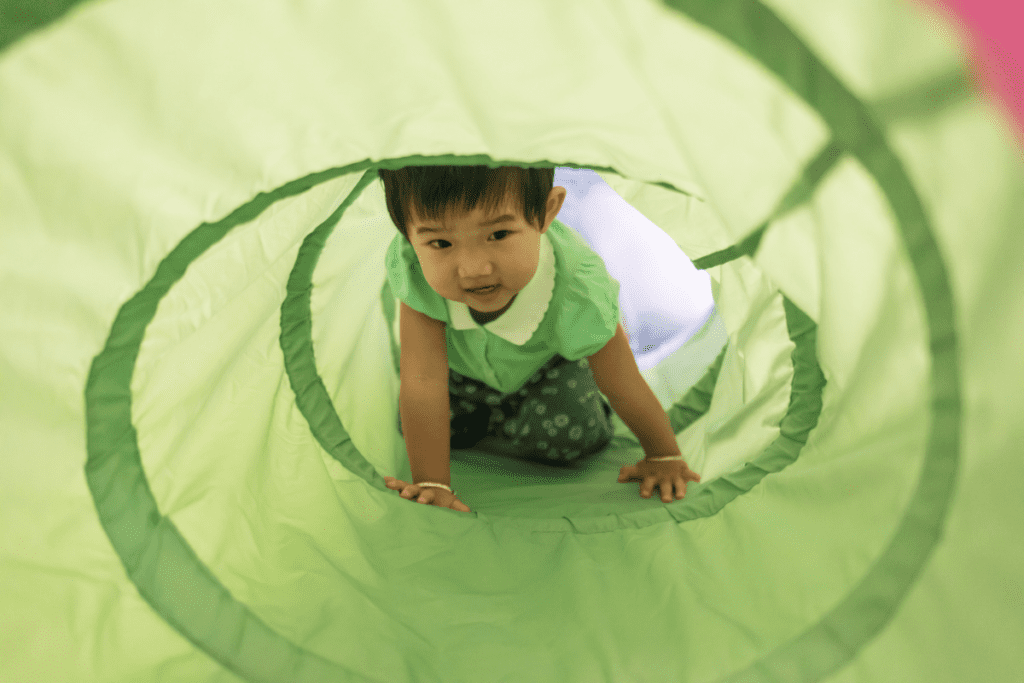
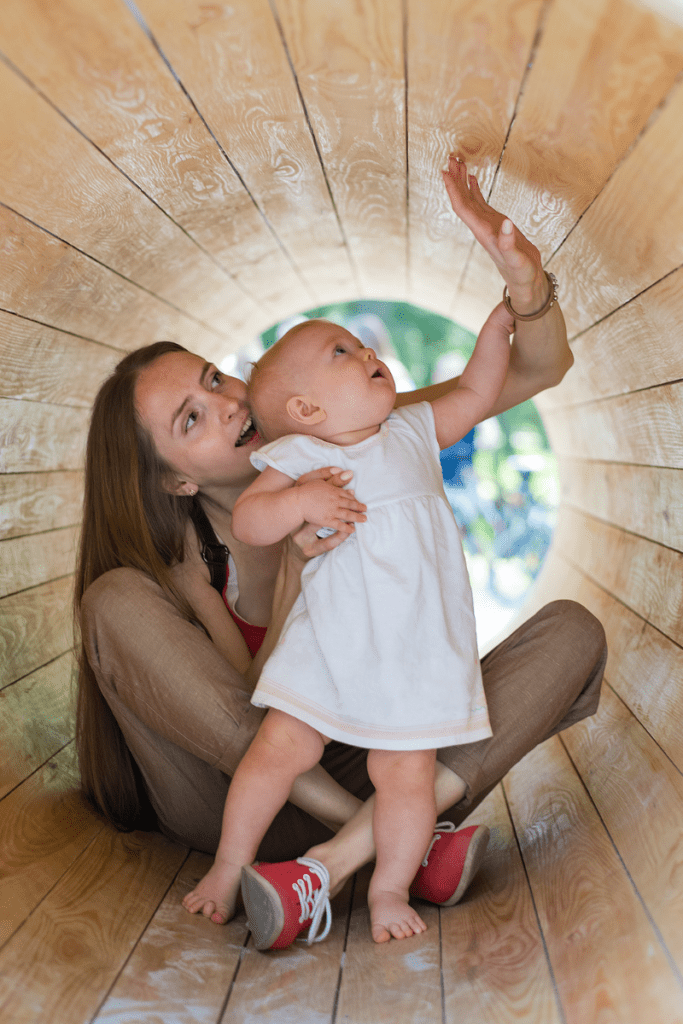
When babies crawl through tunnels or under tables, they are learning about how to move their bodies through obstacles. If you don’t have a pop-up tunnel, you can create your own with chairs or by draping blankets.
Senses: touch, vestibular, proprioceptive
Explore more learning activities for 8-month-olds and activities 18-month-olds.
Loose Parts Play For Babies
Using loose parts is a great way to incorporate sensory play into your home. Exploring objects is an engaging, developmentally appropriate sensory activity during a baby’s first year. You can learn more in our ultimate loose parts materials guide.
Loose parts are items that babies can safely manipulate, mouth, and explore. Objects with various textures, colors, weights, and sounds create a sensory experience.
I want to highlight some of my favorite loose parts materials for babies.
Themed Treasure Baskets (find ideas in the ultimate guide linked below)
Fabric: scarves, felt pieces, fabric squares
Shaker Bottles: made with plastic bottles or empty spice bottles
Bangle Bracelets
Cardboard + Felt Cutouts
Lids + Containers
Cookie Cutters
Cooking Utensils
Sponges + Loofahs
Coasters
Turning Household Items into Play since 1992(ish)
My FREE list of Household Items you can turn into LOOSE PARTS PLAY for infants, toddlers, and preschoolers.
Turn that muffin tin in the back of your cabinet into a play prop.
SUBMIT
Marketing by
More play ideas
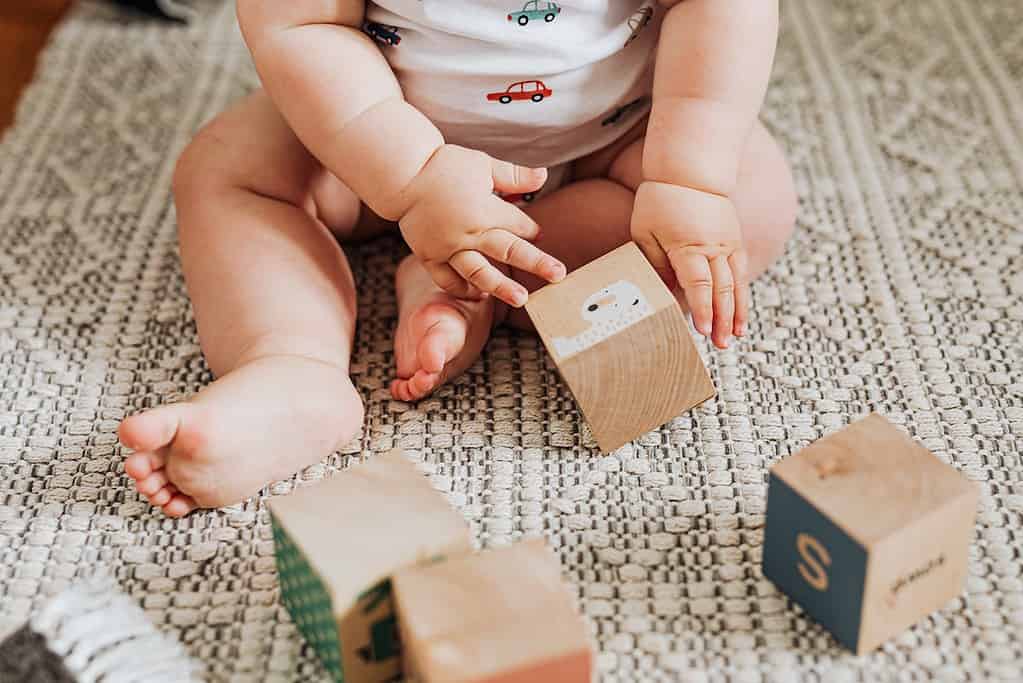
10 Benefits of Block Play: Unlock the Power of Blocks
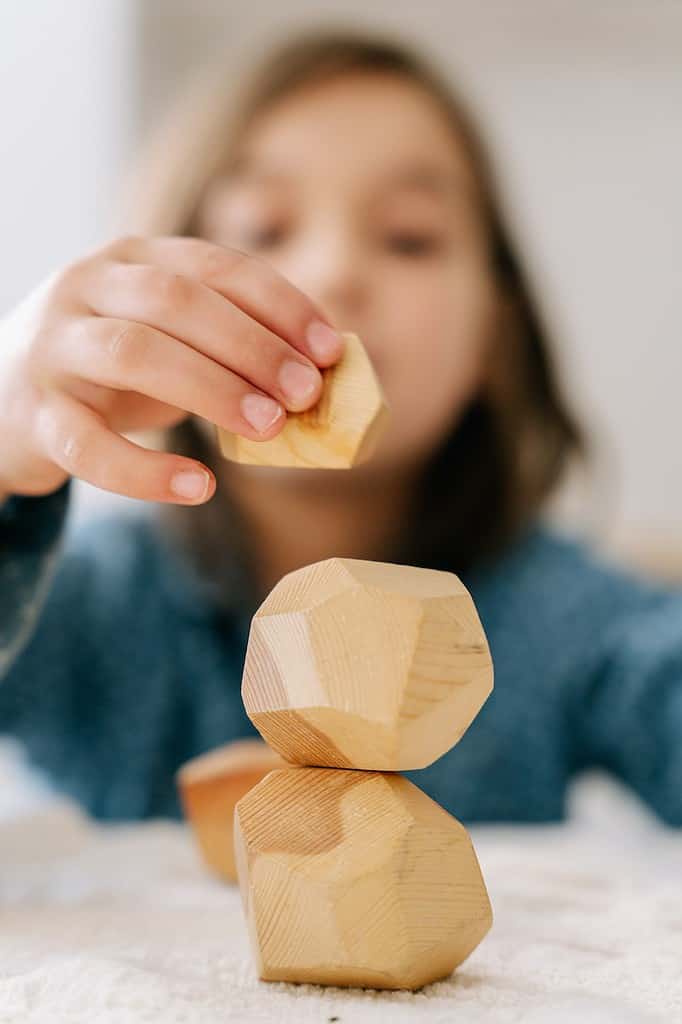
The Best Block Play Activities & Environments for Young Children
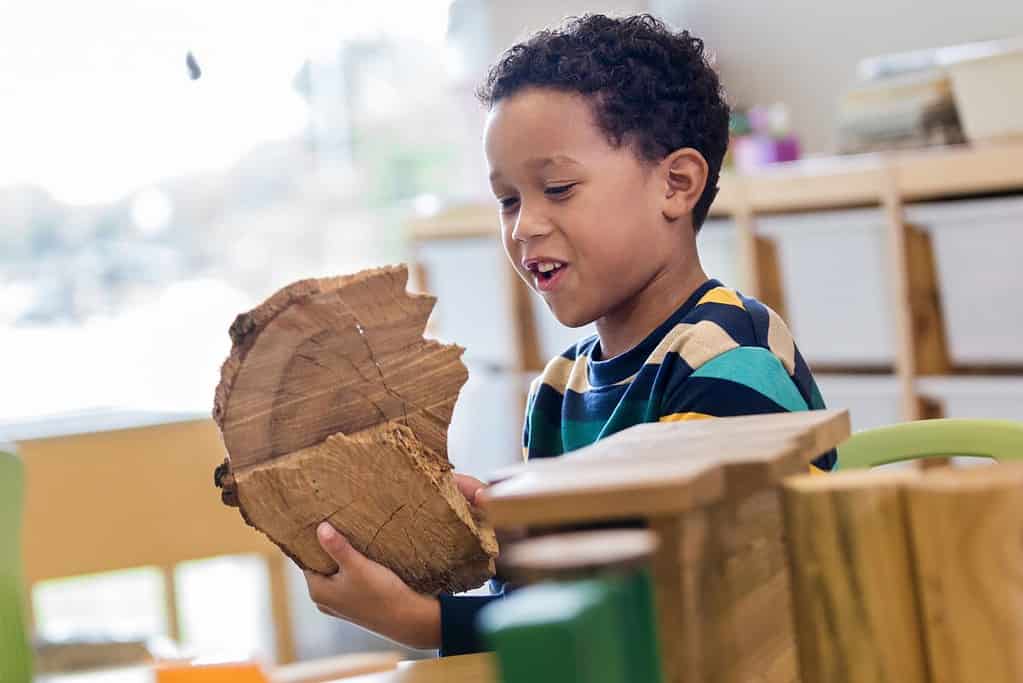
The Ultimate Introduction to Block Play in Early Childhood
